click to enlarge & print
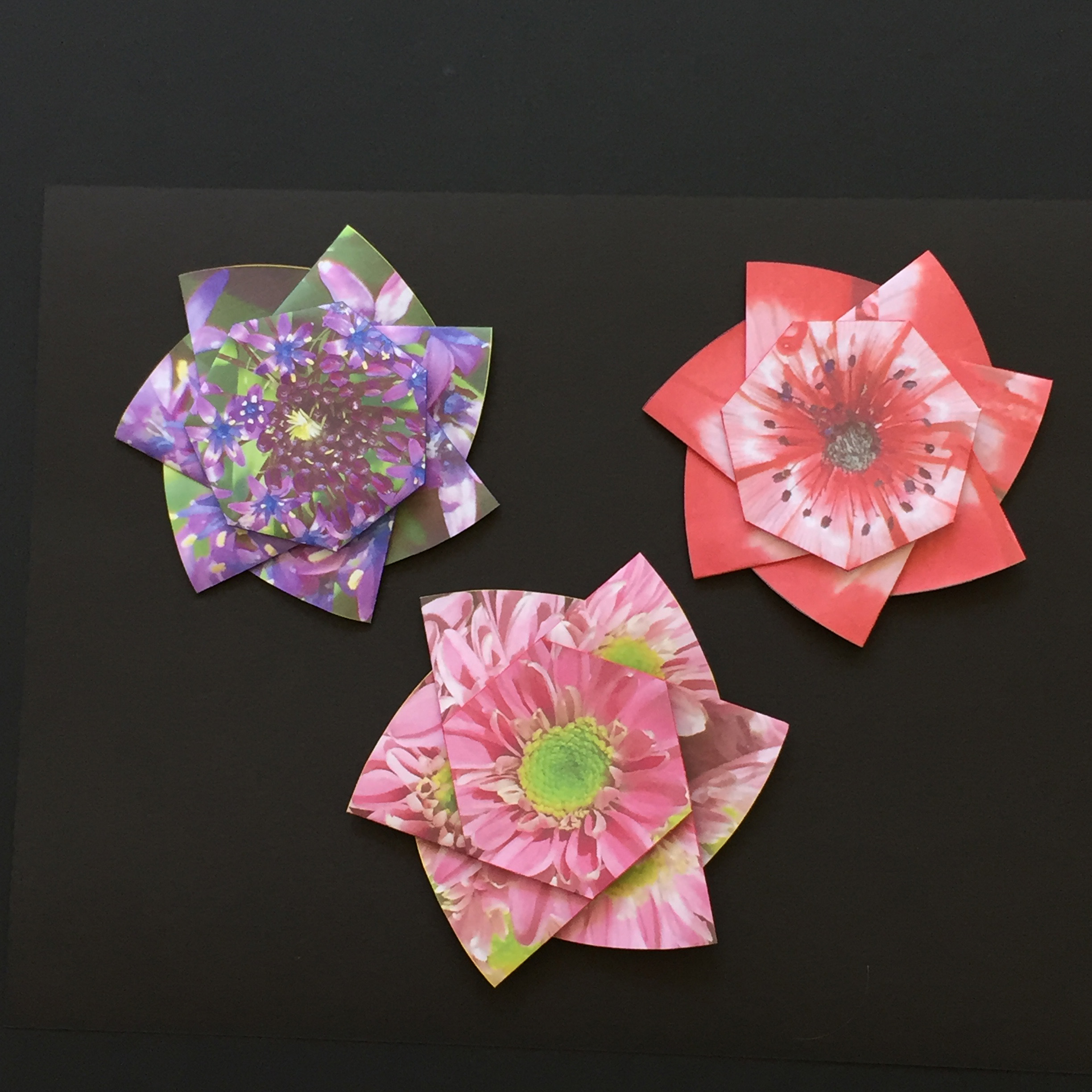
| Fig.1-1 Final appearance click to enlarge & print  |
| Fig. 1-2A Hexagon Twist Diagram click here to enlarge 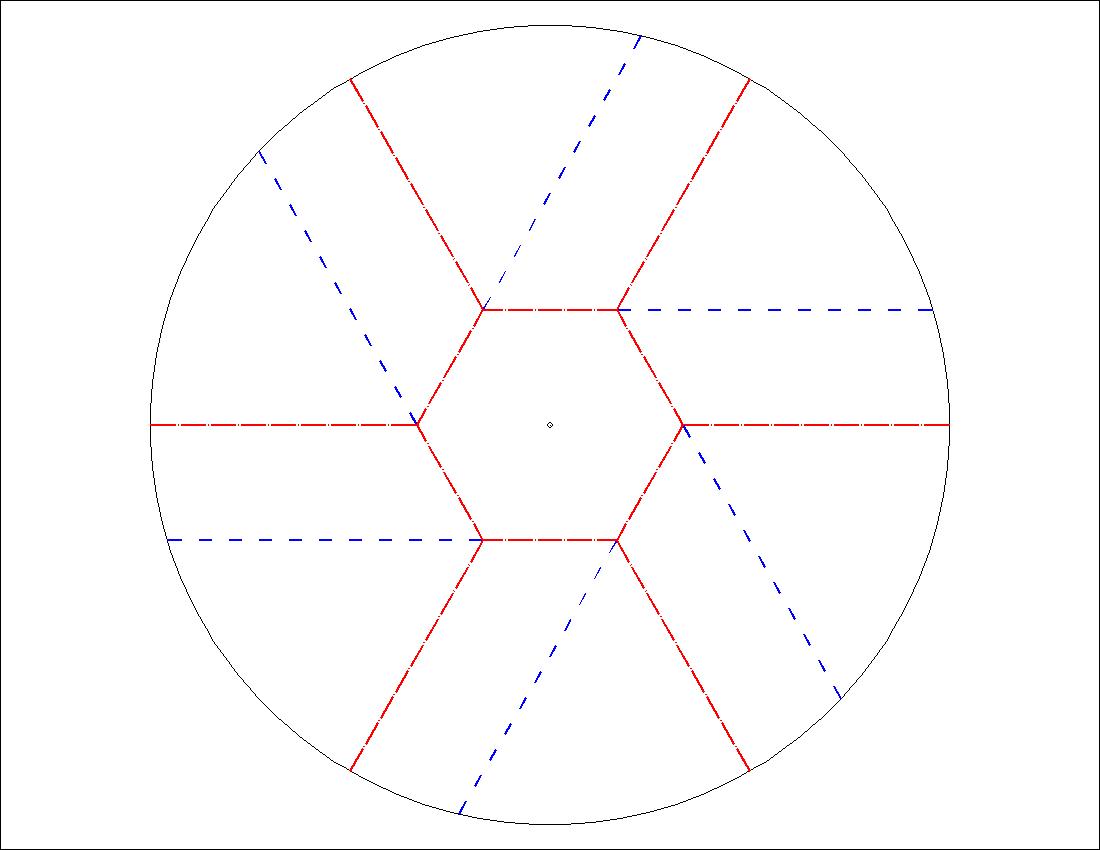 |
Fig. 1-2B Heptagon Twist Diagram click here to enlarge 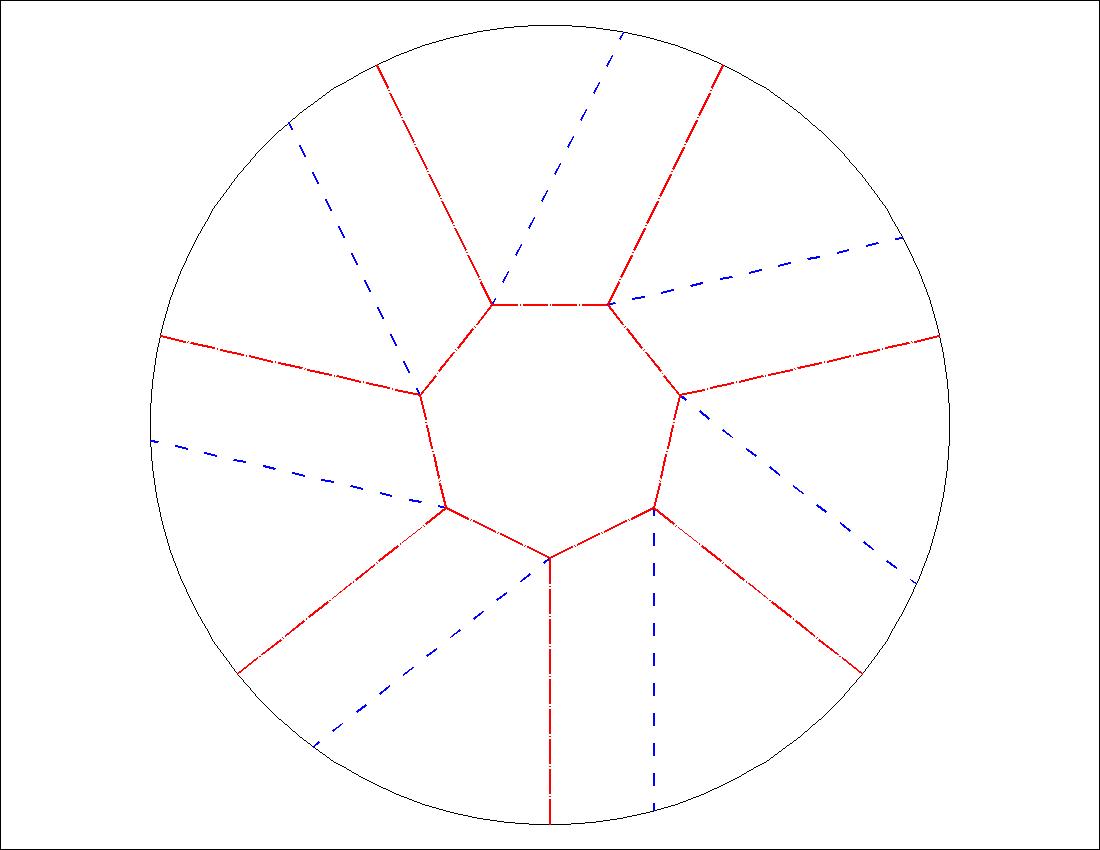 |
| Fig. 1-3A Model 1 Flower image click here to enlarge 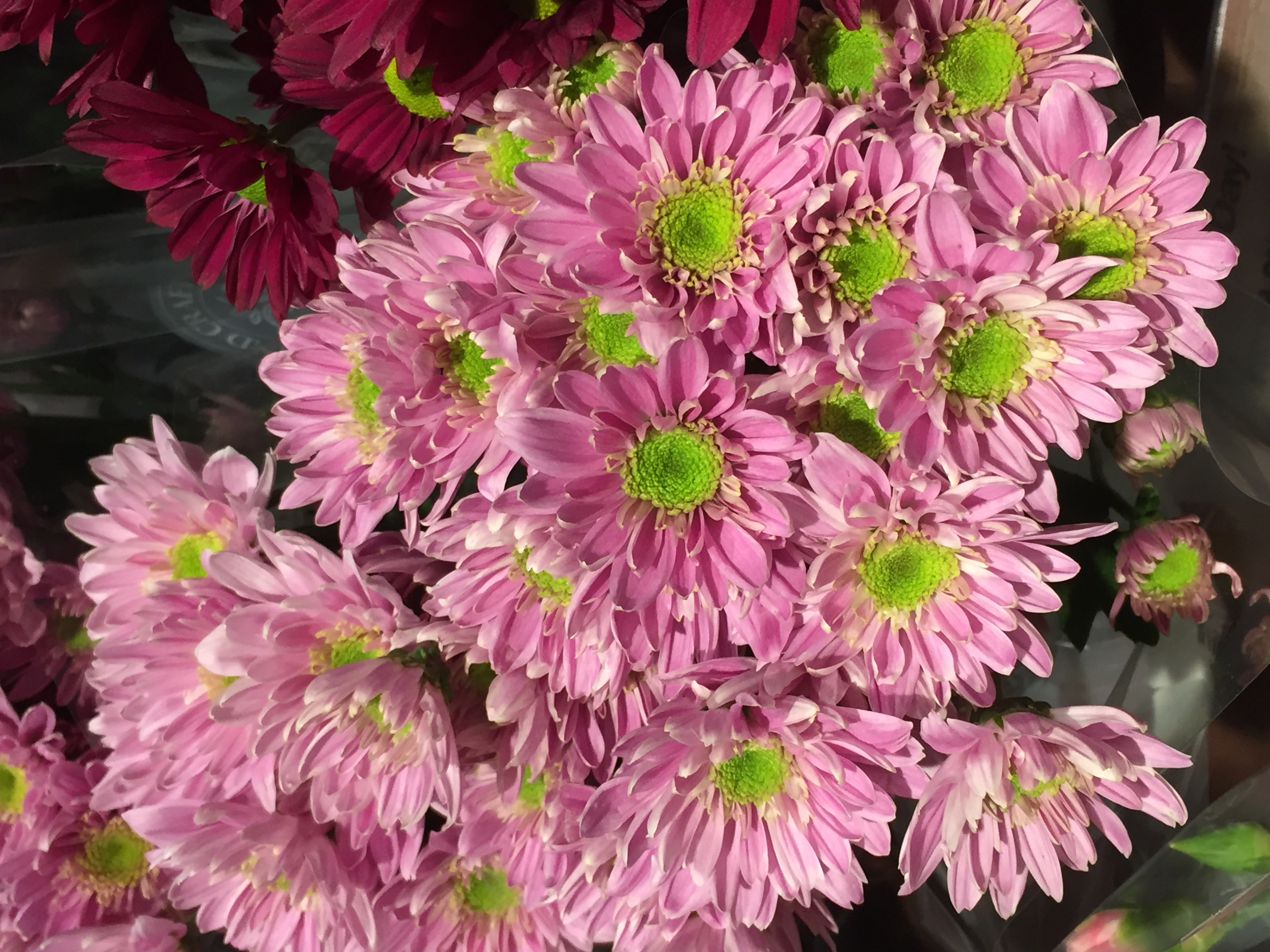 |
Fig. 1-3B Model 1 Diagram click here to enlarge 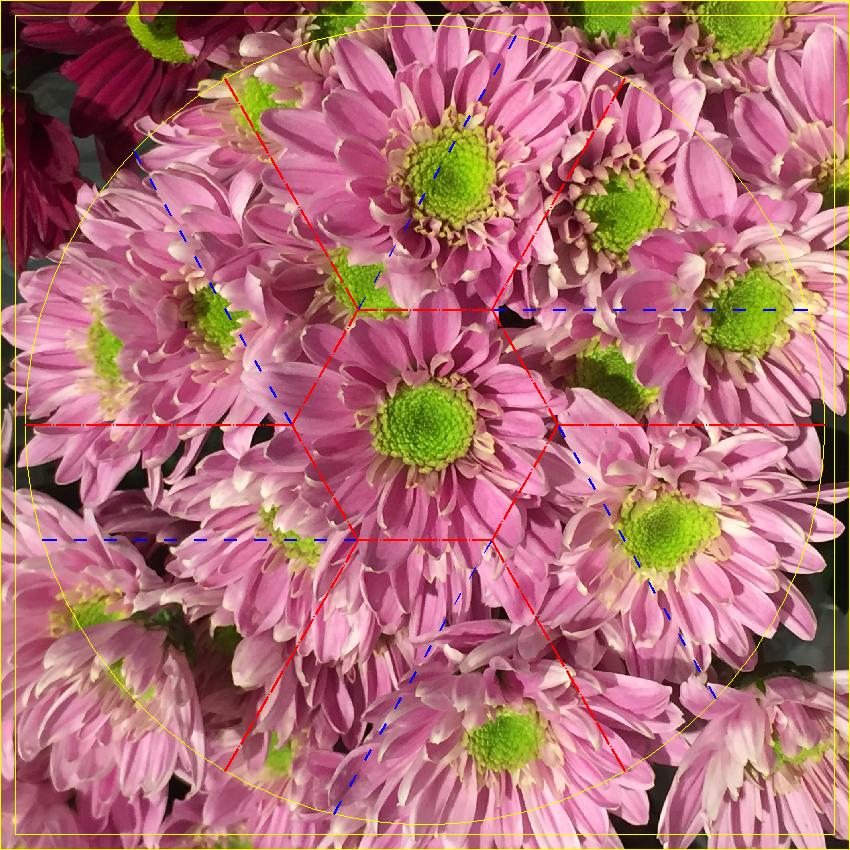 |
| Fig. 1-4A Model 2 Flower image click here to enlarge 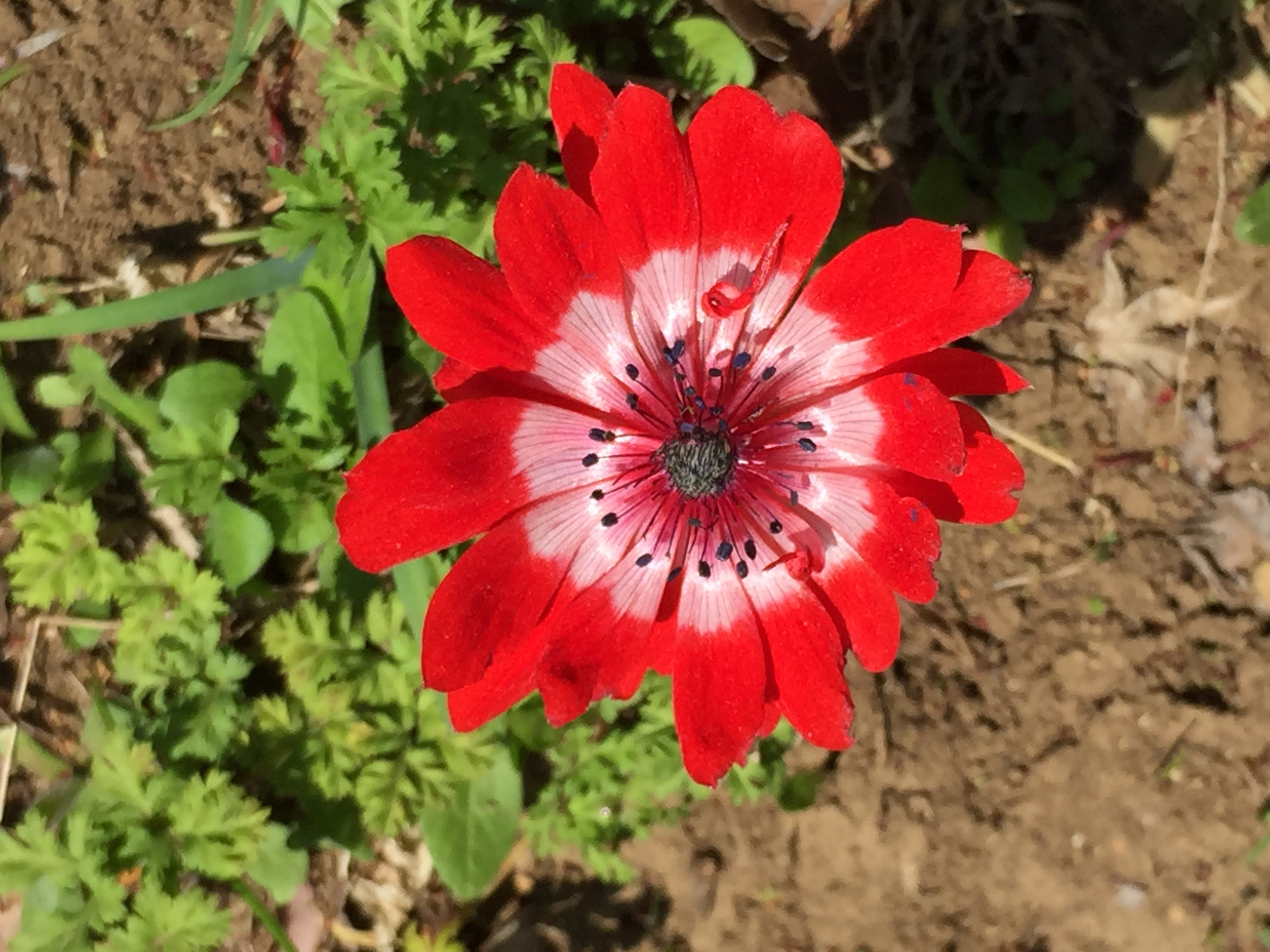 |
Fig. 1-4B Model 2 Diagram click here to enlarge 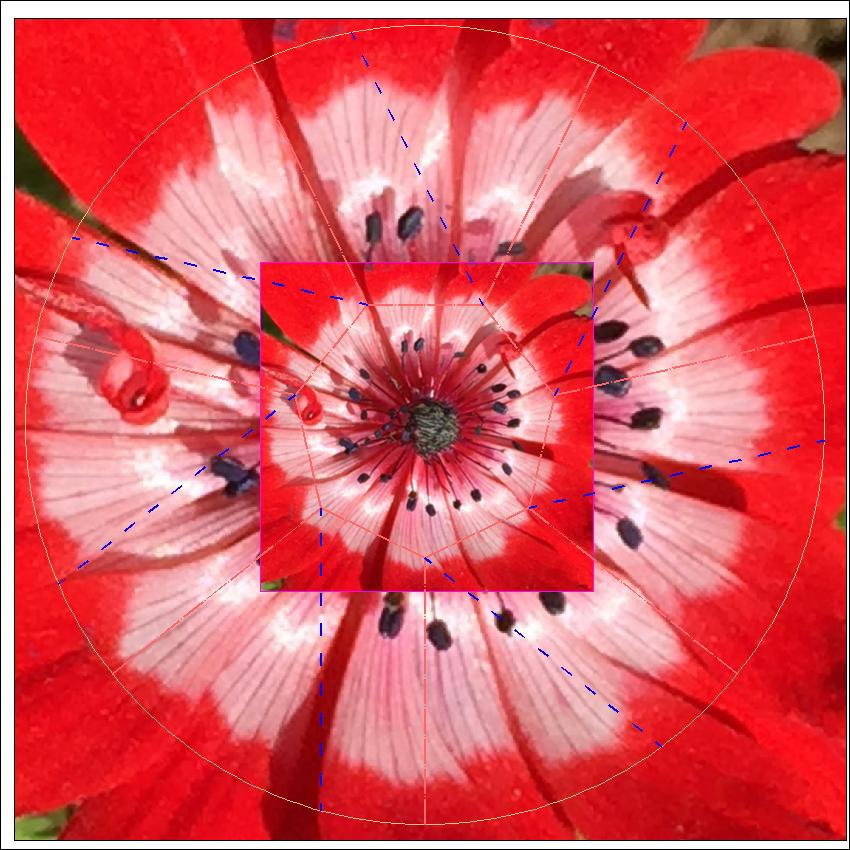 |
| Fig. 1-5A Model 3 Flower image click here to enlarge  |
Fig. 1-5B Model 3 Diagram click here to enlarge 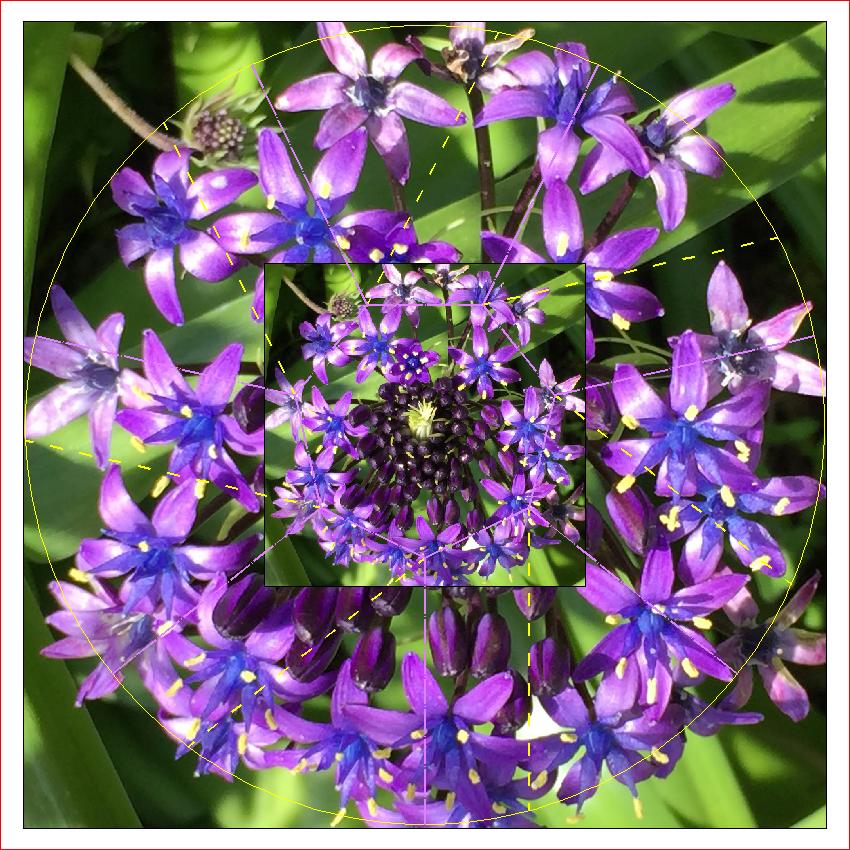 |
| Fig. 2-1A Pentagonal Spiral click to enlarge & print 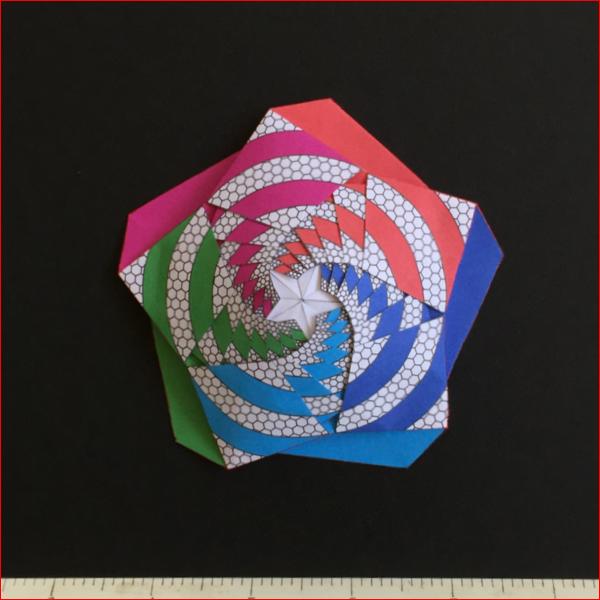 |
Fig. 2-1B Hexagonal Spiral click to enlarge & print 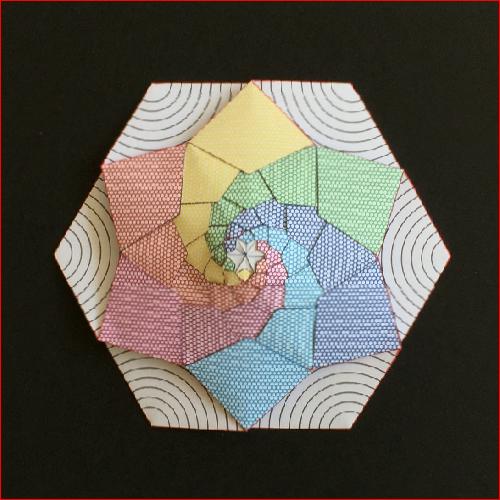 |
| Fig. 2-2 Pentagonal spiral components click here to enlarge 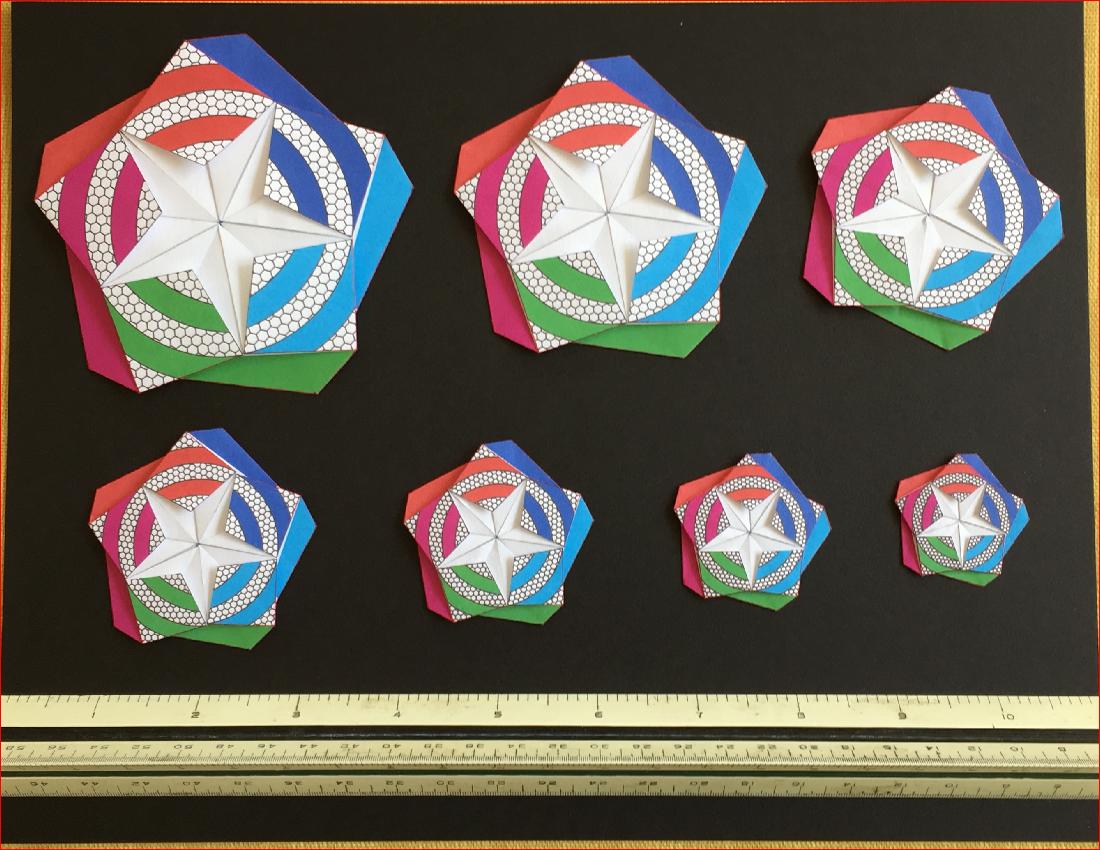 |
|
| Fig. 2-3A Pentagon Basic Pattern click to enlarge & print 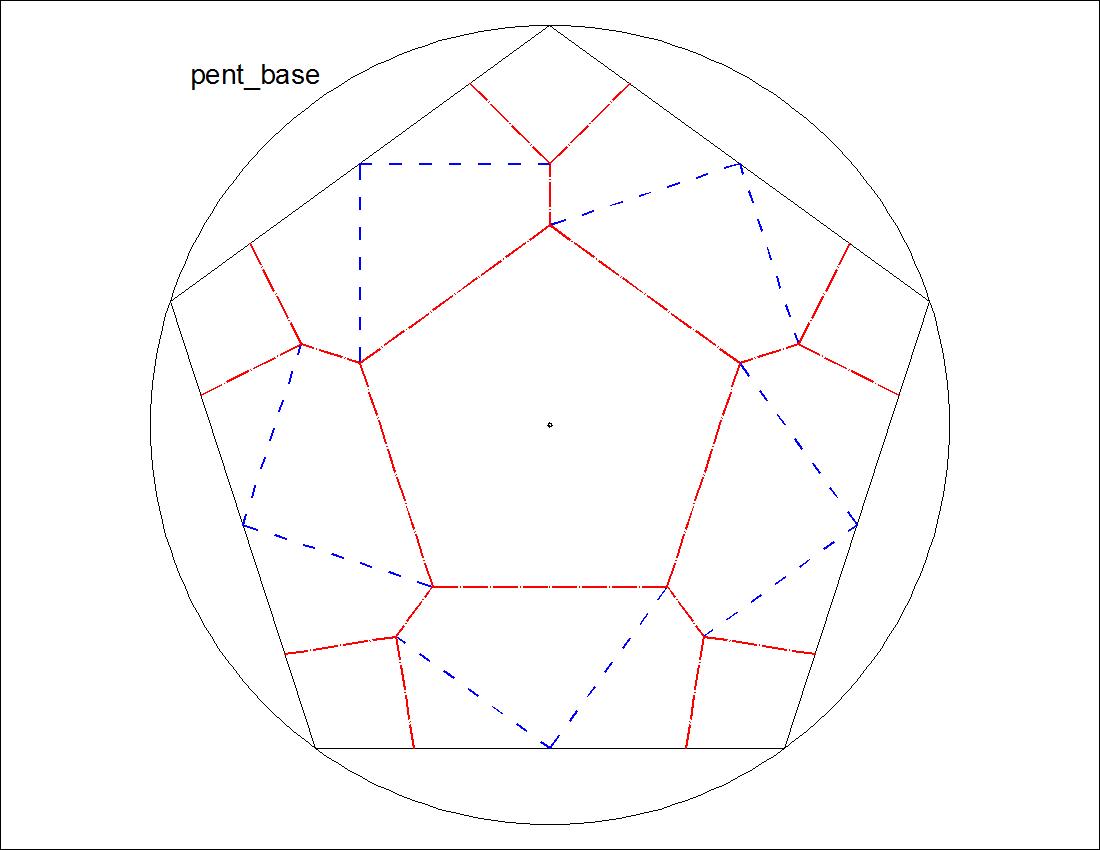 |
Fig. 2-3B Pentagon Basic Pattern Dimension click to enlarge & print 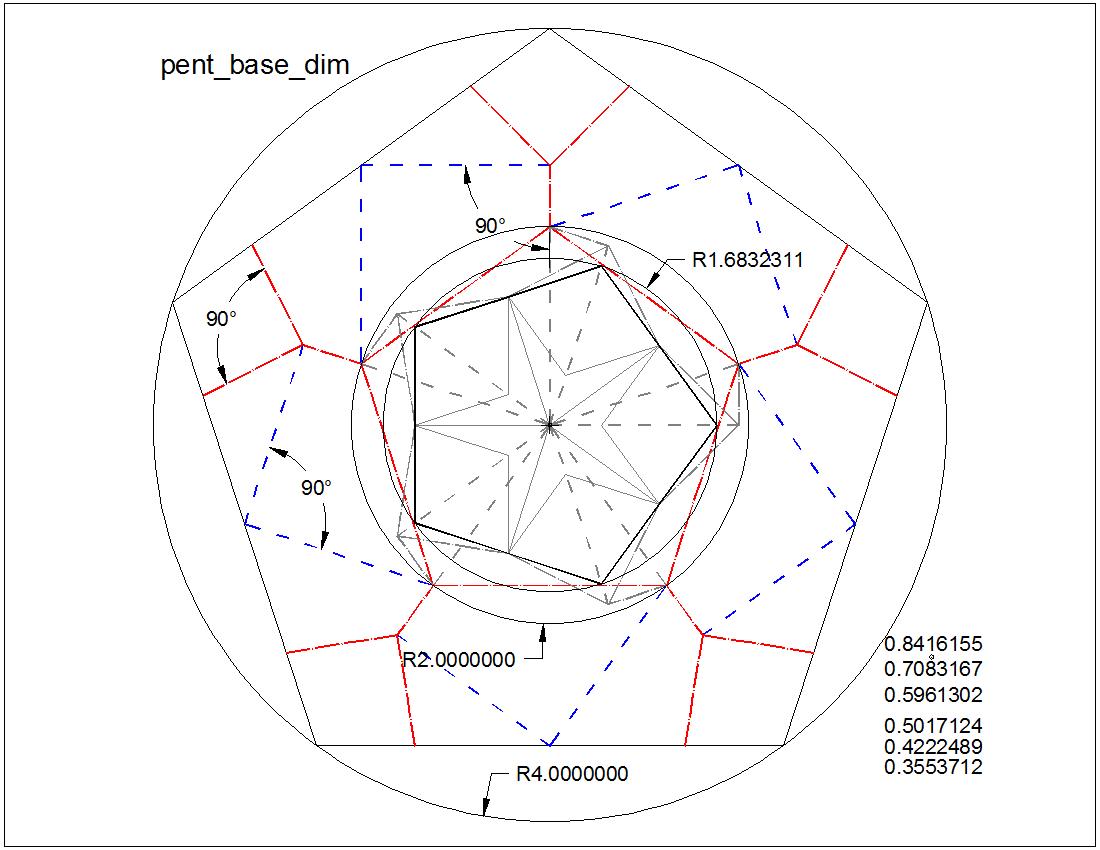 |
| Fig. 2-4A Pentagon pattern-00 click here to enlarge 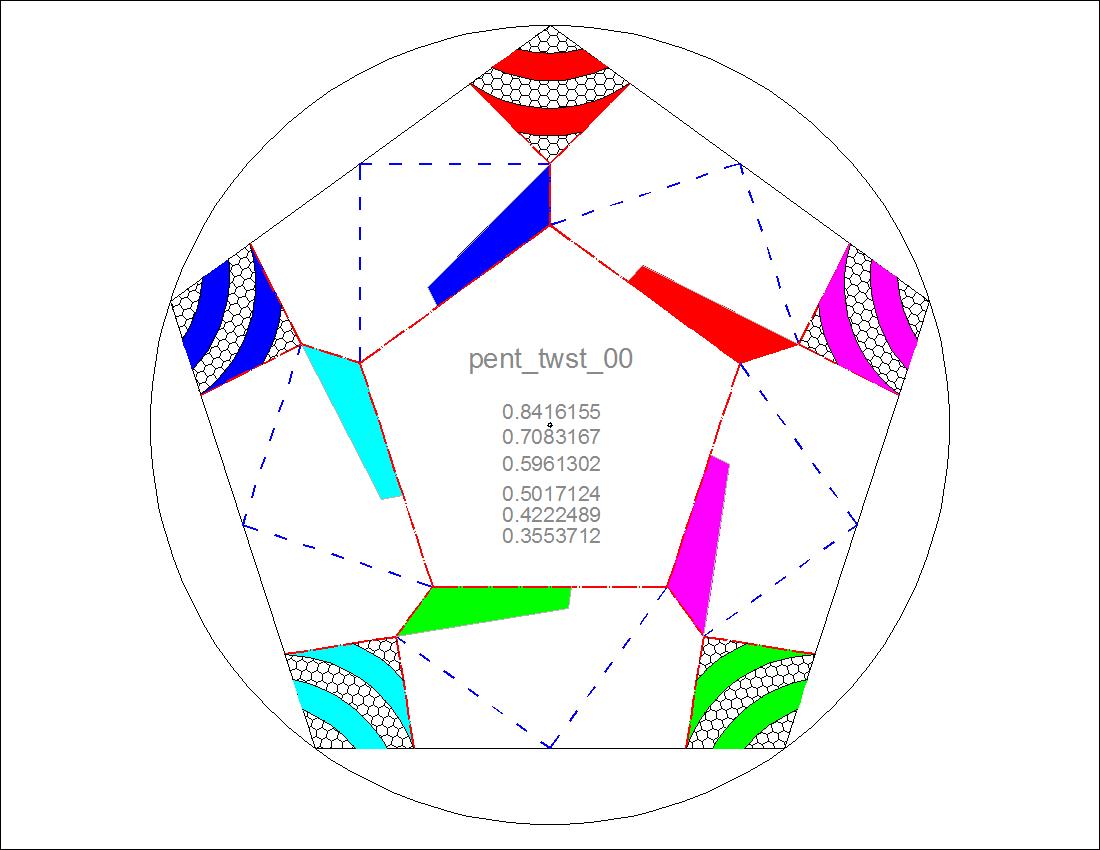 |
Fig. 2-4B Pentagon pattern-16 click here to enlarge 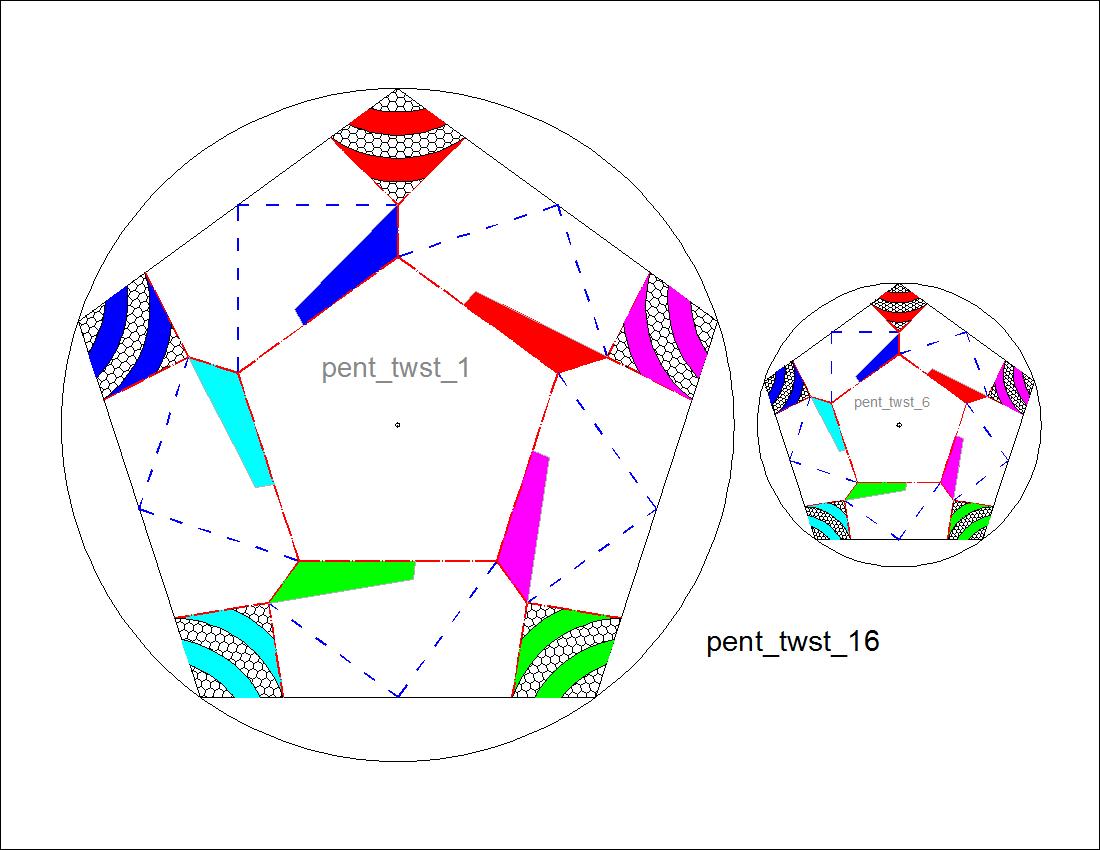 |
| Fig. 2-4C Pentagon pattern-25 click here to enlarge 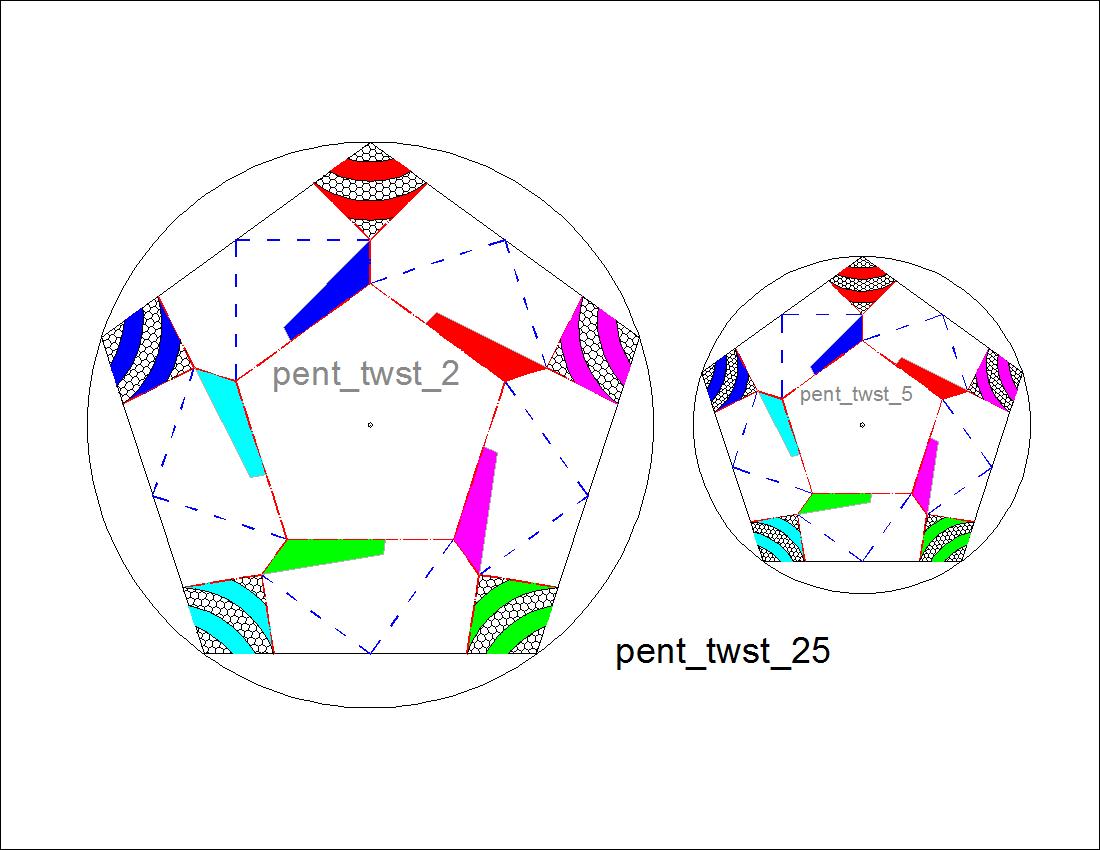 |
Fig. 2-4D Pentagon pattern-34 click here to enlarge 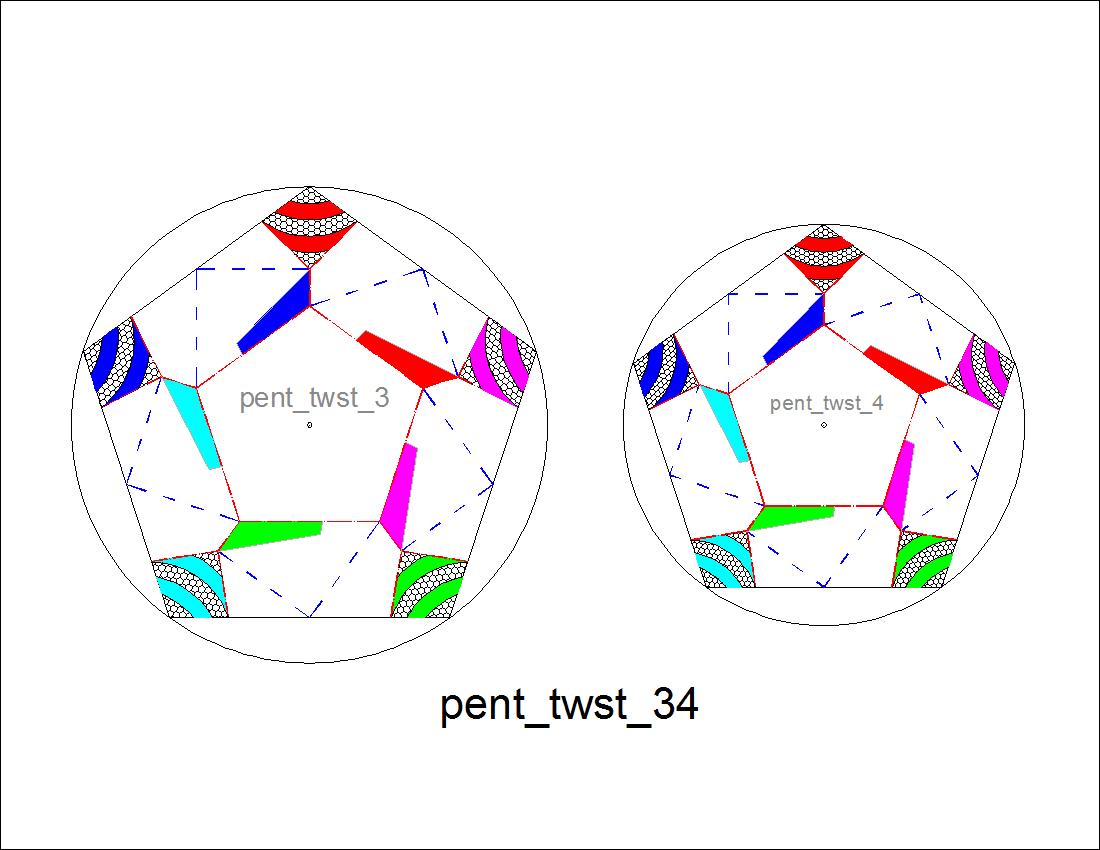 |
| Fig. 2-5 Hexagonal spiral components click here to enlarge 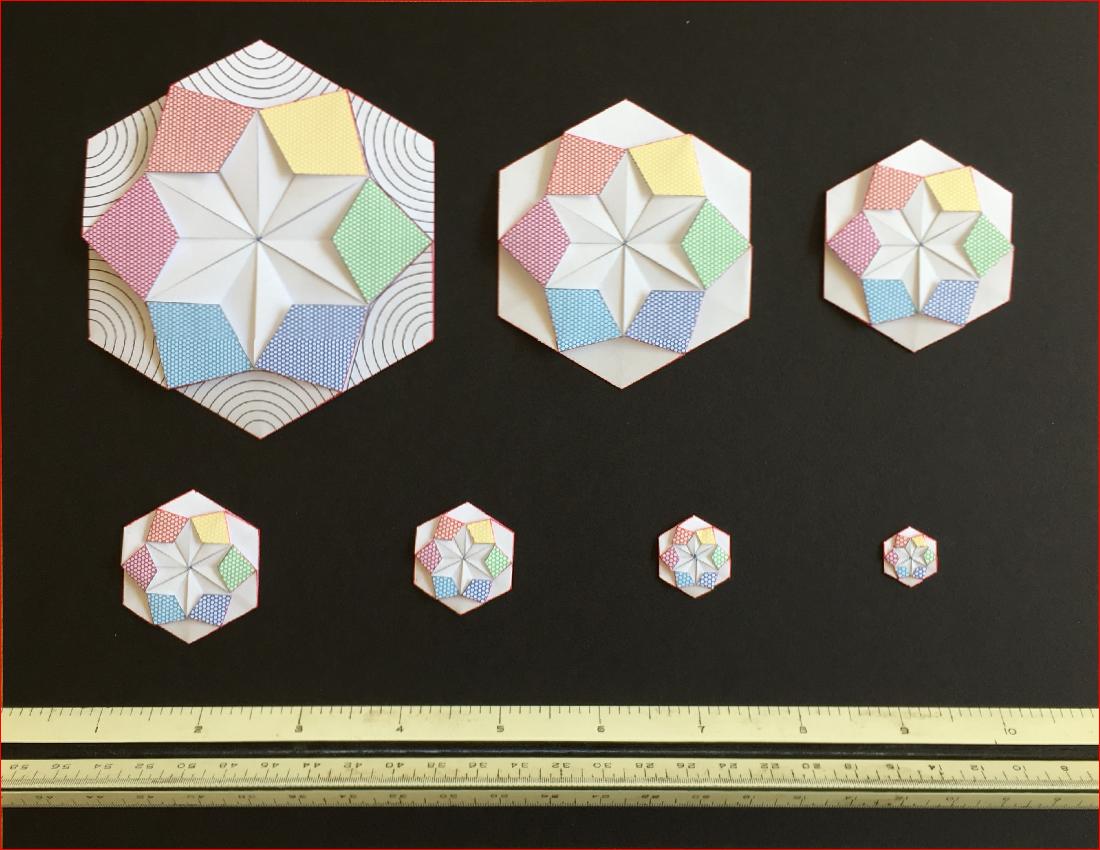 |
|
| Fig. 2-6A Hexagon Twist Base click to enlarge & print 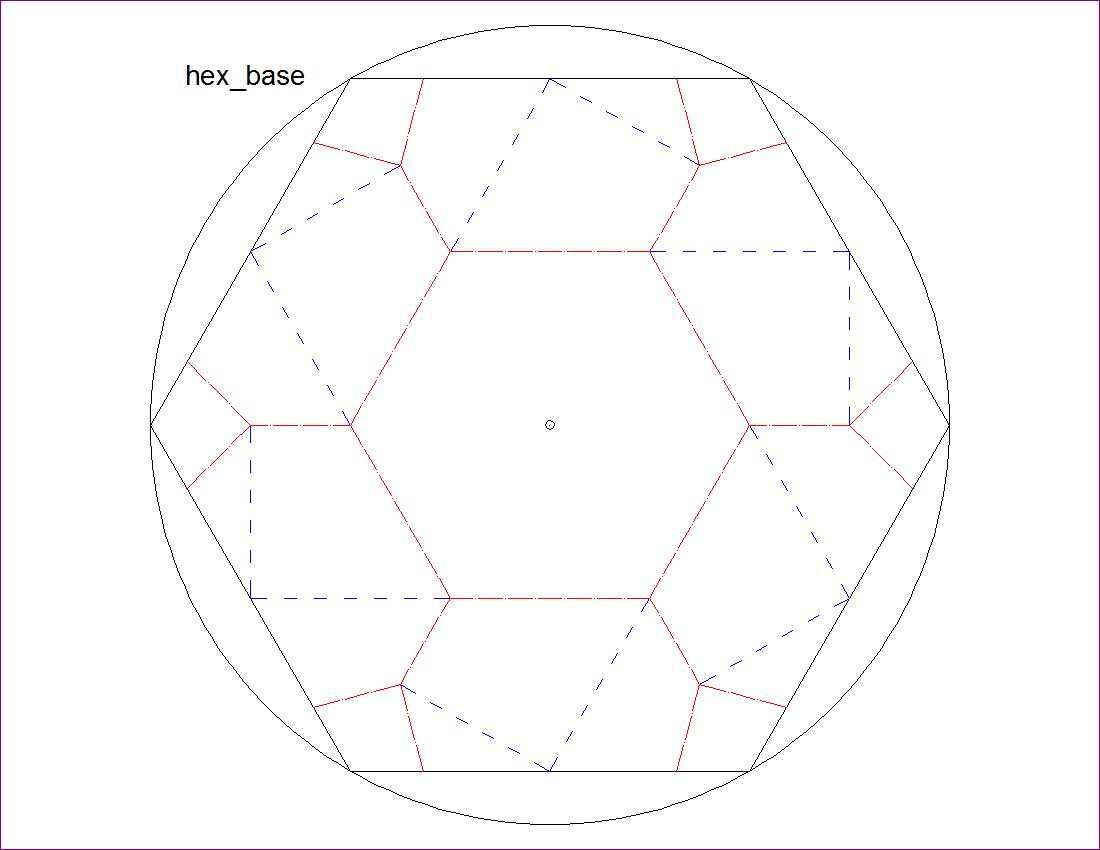 |
Fig. 2-6B Hexagon Twist Basic Dimension click to enlarge & print 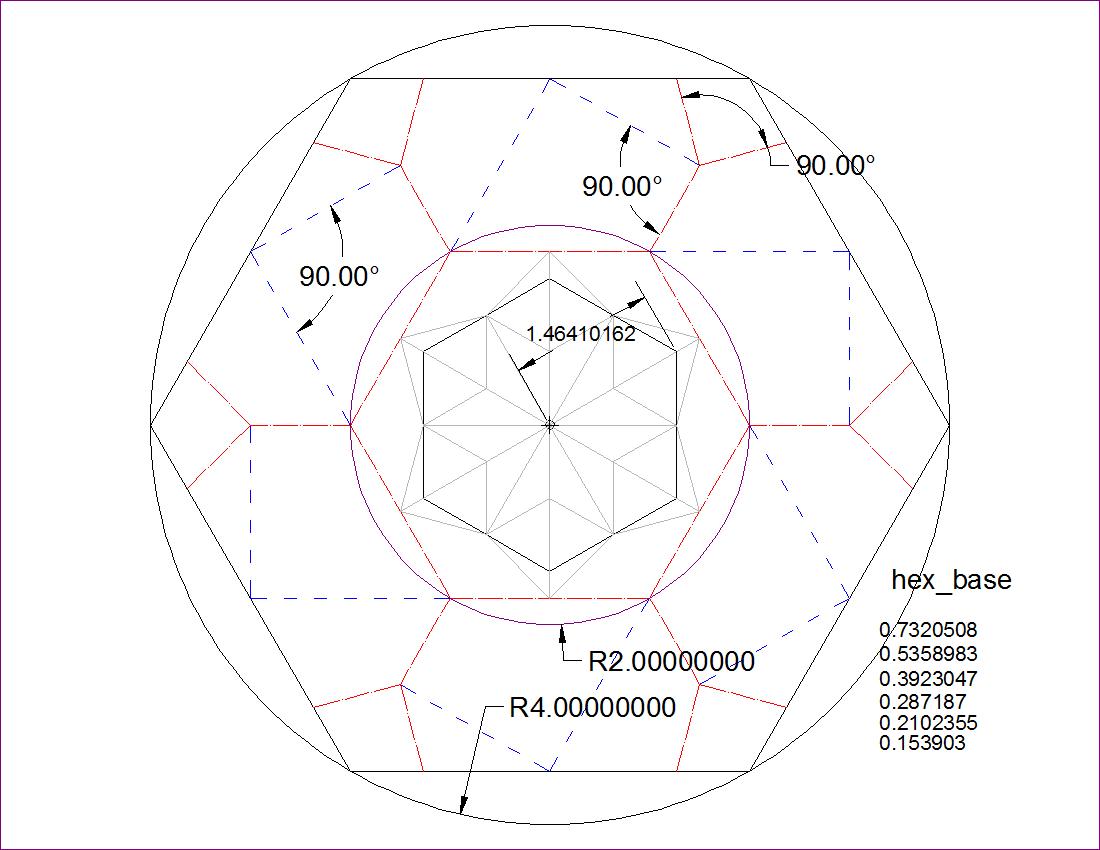 |
| Fig. 2-7A Hexagon Pattern-00 click here to enlarge 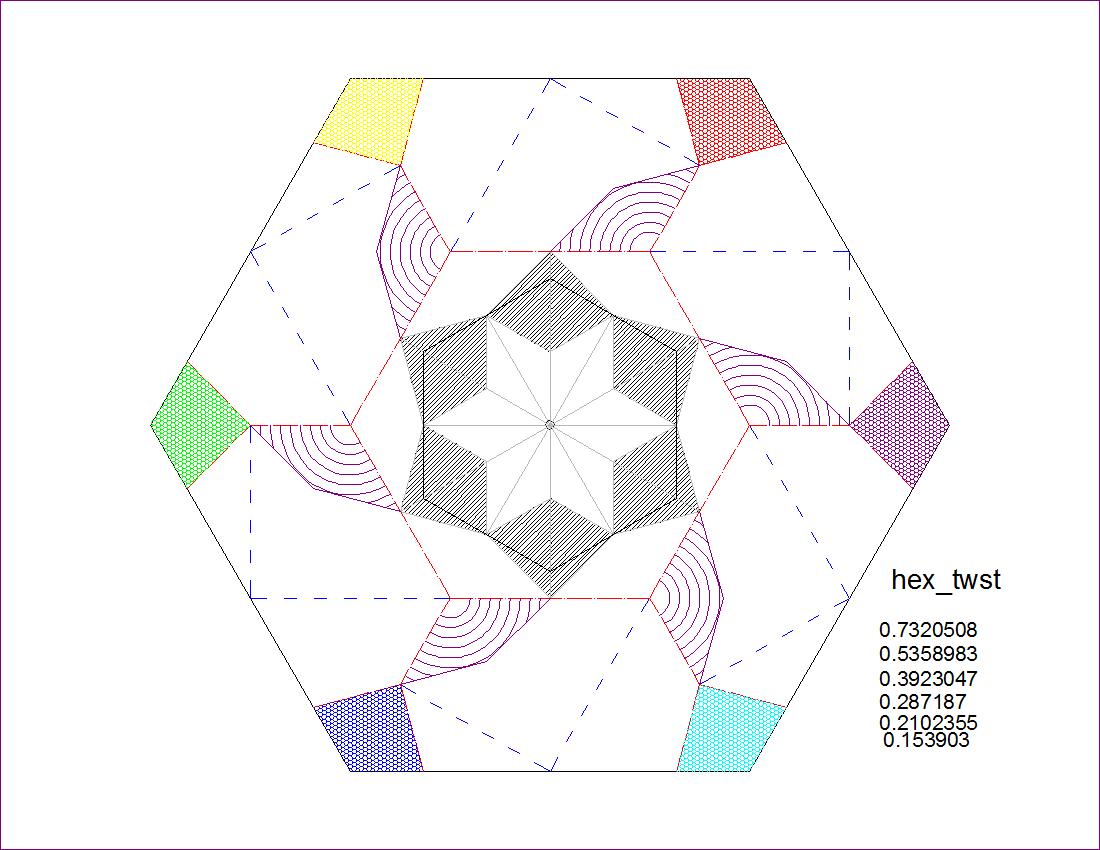 |
Fig. 2-7B Hexagon Pattern-12 click here to enlarge 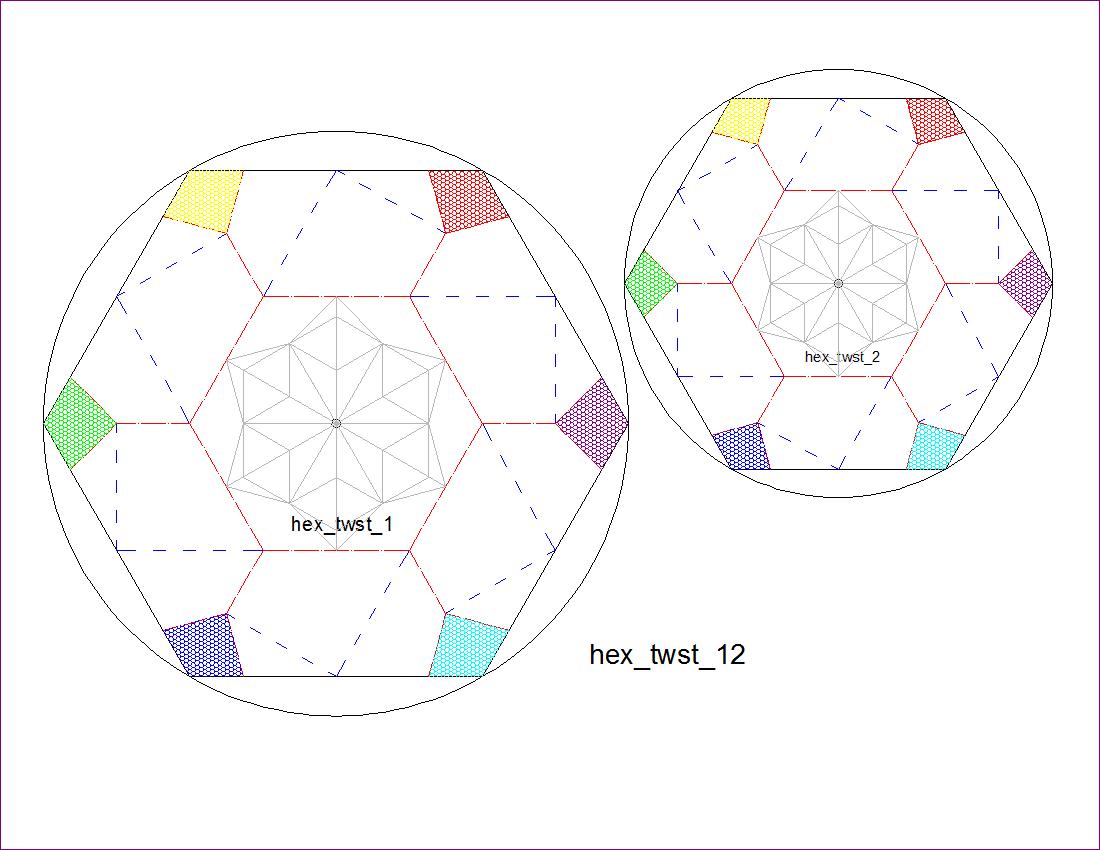 |
| Fig. 2-7C Hexagon Pattern-3456 click here to enlarge 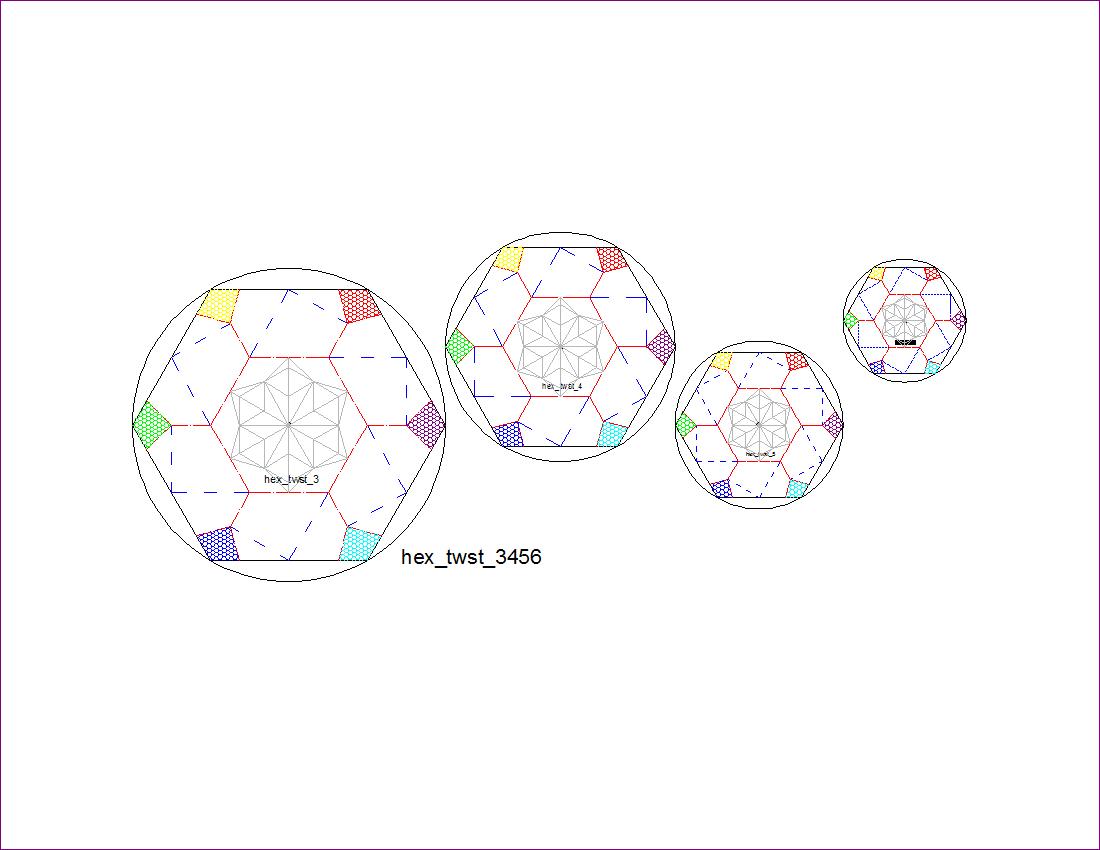 |
| Fig. 3-1A Model (I) click to enlarge & print 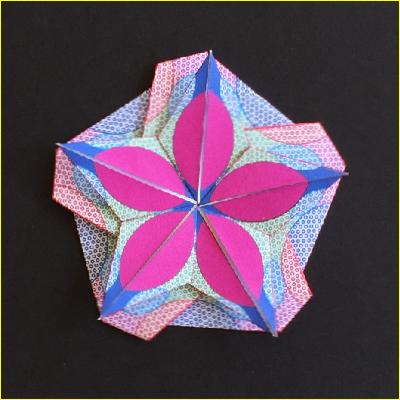 |
Fig. 3-1B Model (II) click to enlarge & print 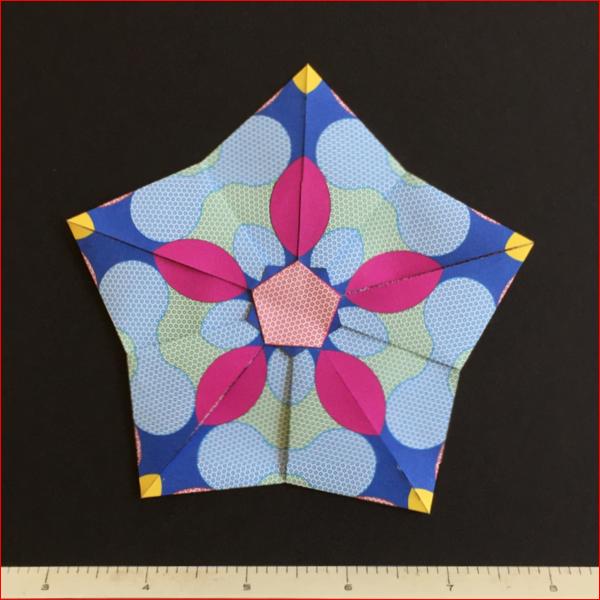 |
|
There are 2 basic ways to accomplish "Twist Fold" though there are many variations based on them. Here, as an exmple, a regular pentagon is chosen for the purpose of discussion, but the same idea can be applied to any "N"-gons. Two pentagons, outer and inner, are arranged so that the line connecting the center point and each apex of the inner pentagon passes through ,either the apex of the outer pentagon (Type-II) or the mid-point of the outer pentagon's side (Type-I). We also observe that in both cases angles are divided into 4 equal parts, at each mid-point of the side (Type-I) or at each apex (Type-II). So the each angle is Type-I 180/4 = 45 degrees Type-II 108/4 = 27 degrees Typical diagrams and their dimensions are shown in the following figures. |
| Fig.3-2A Type-I Dimension click to enlarge & print 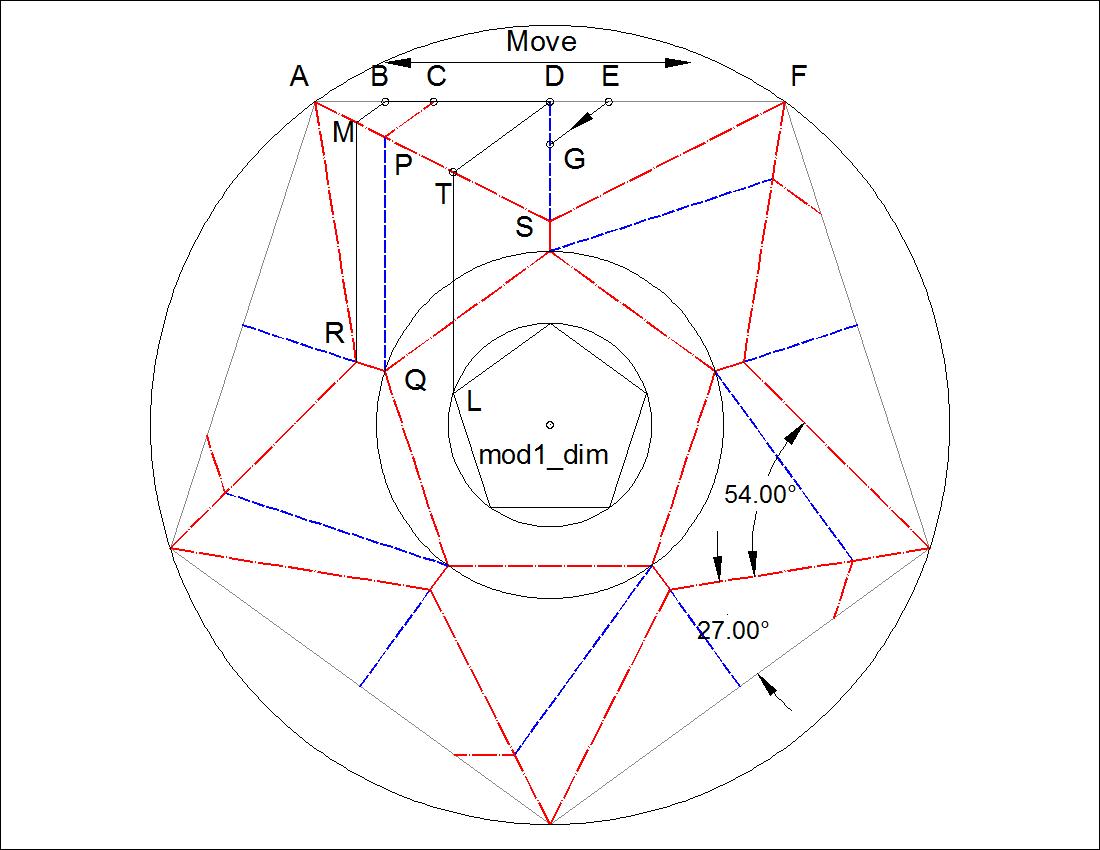 |
Fig. 3-2B Type-II Dimension click to enlarge & print 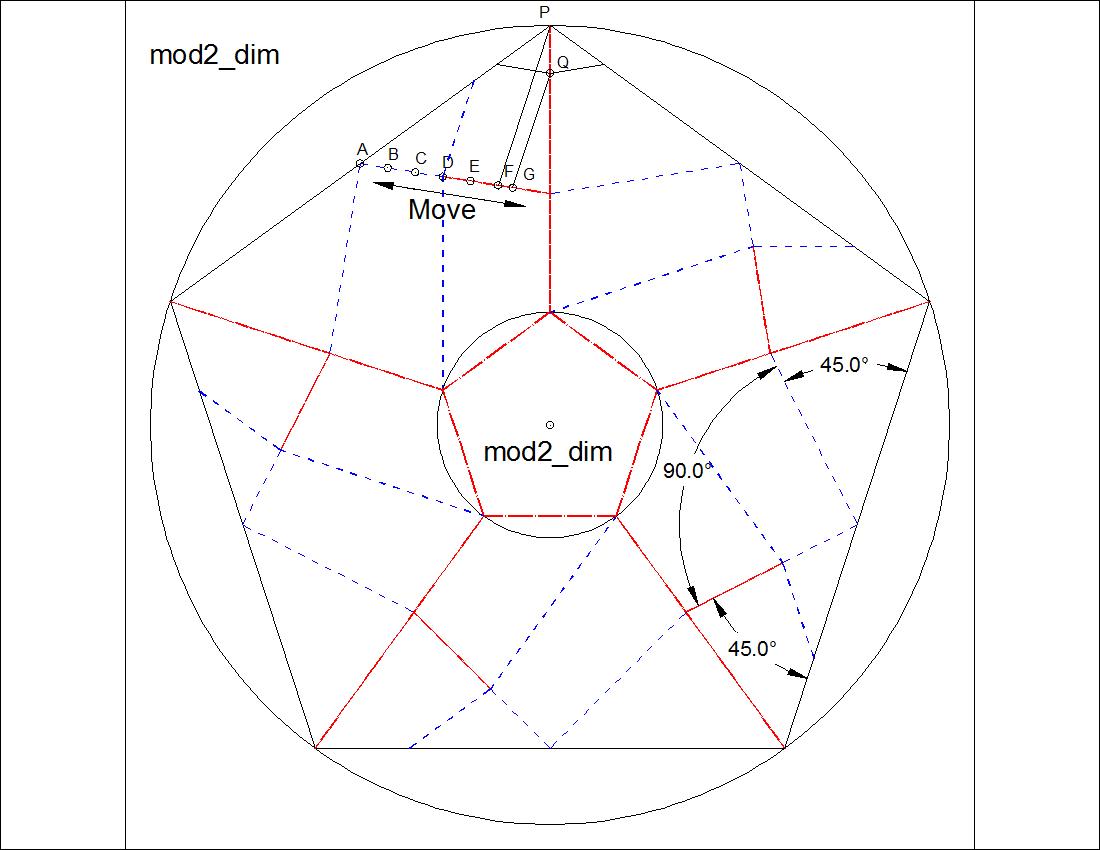 |
| Fig. 3-3A Type-I Group-Front Face click to enlarge & print 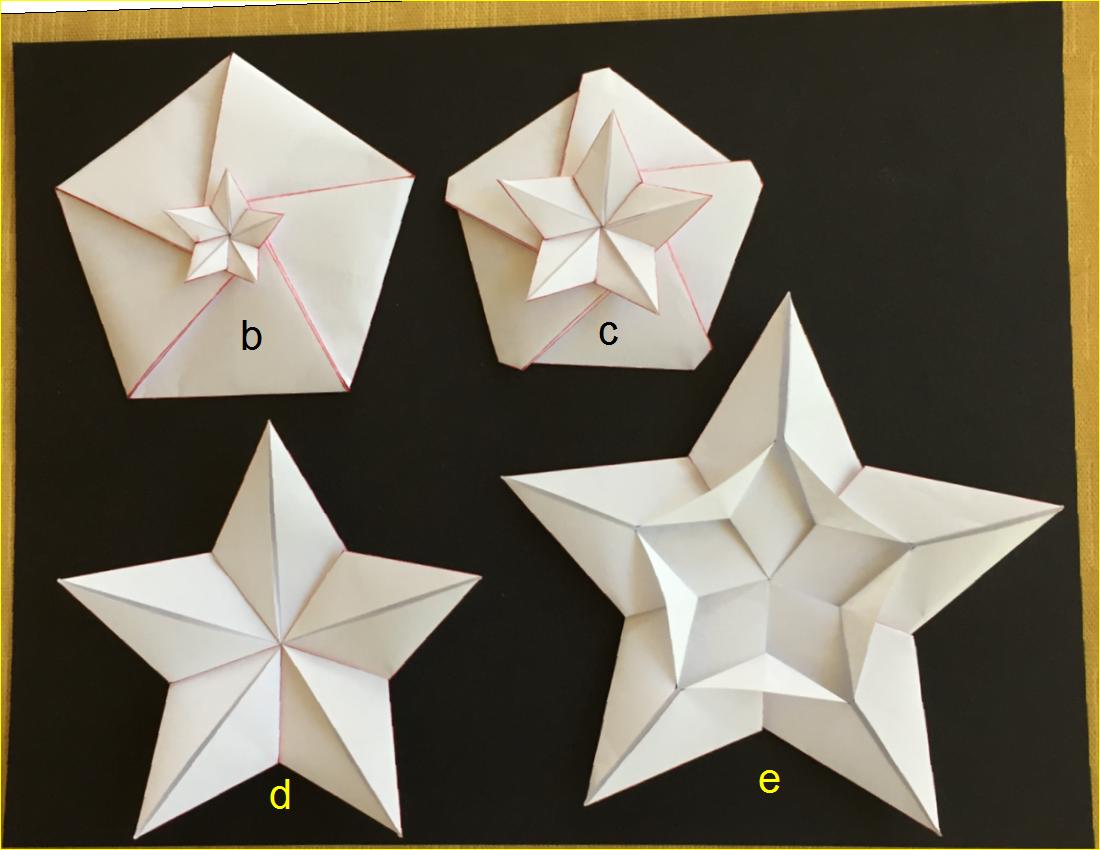 |
Fig. 3-3B Type-I Group-Back Face click to enlarge & print 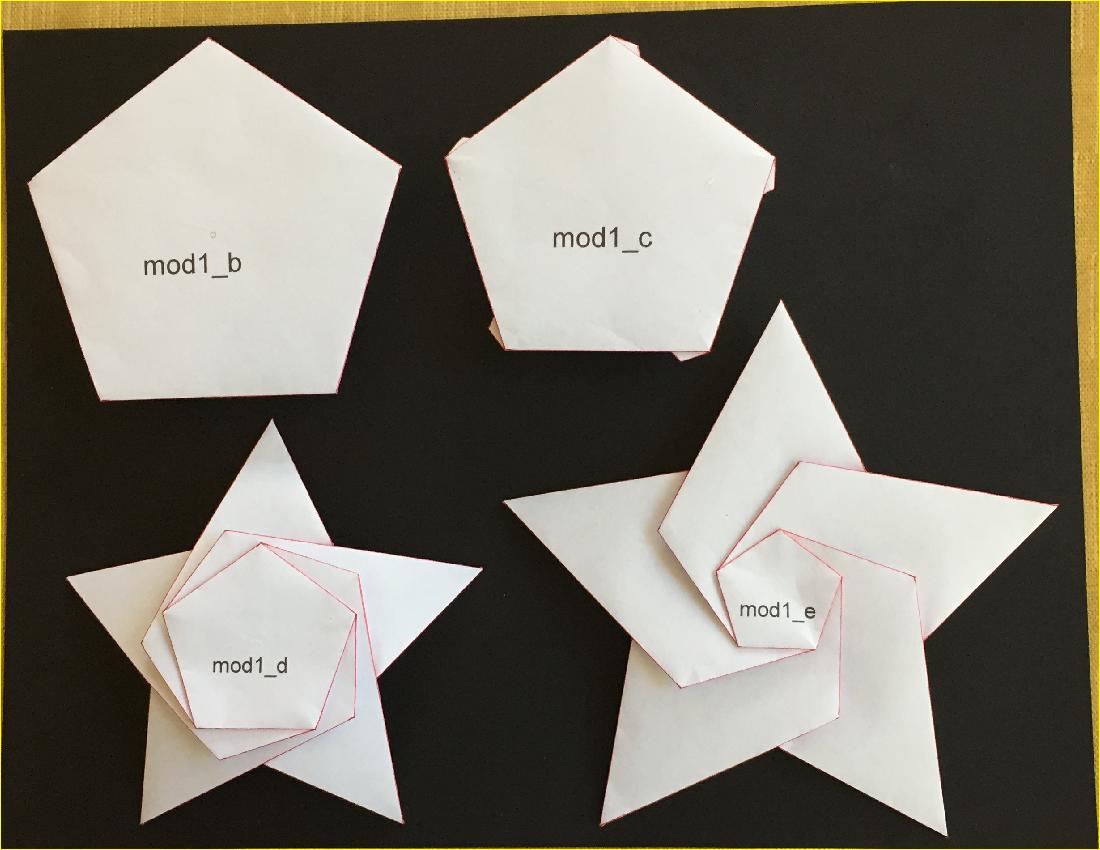 |
| Fig. 3-4A Type-I "B" diagram click to enlarge & print 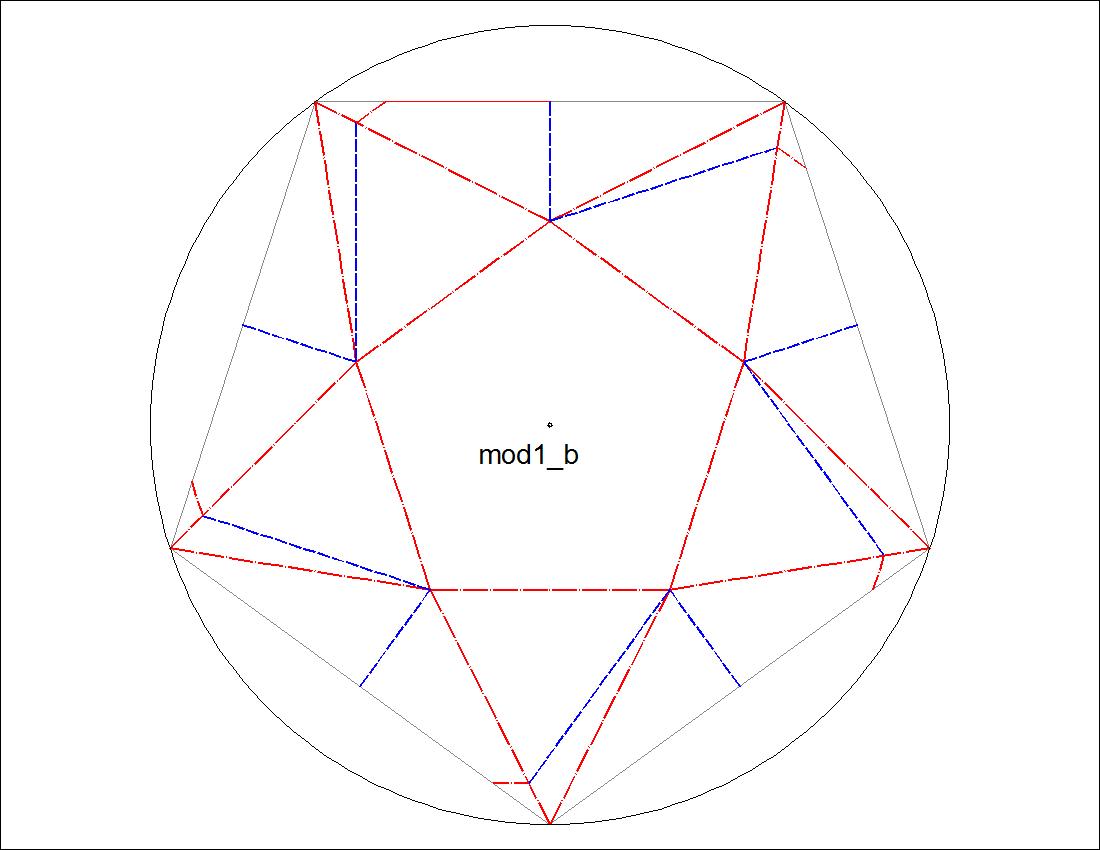 |
Fig. 3-4B Type-I "C" diagram click to enlarge & print 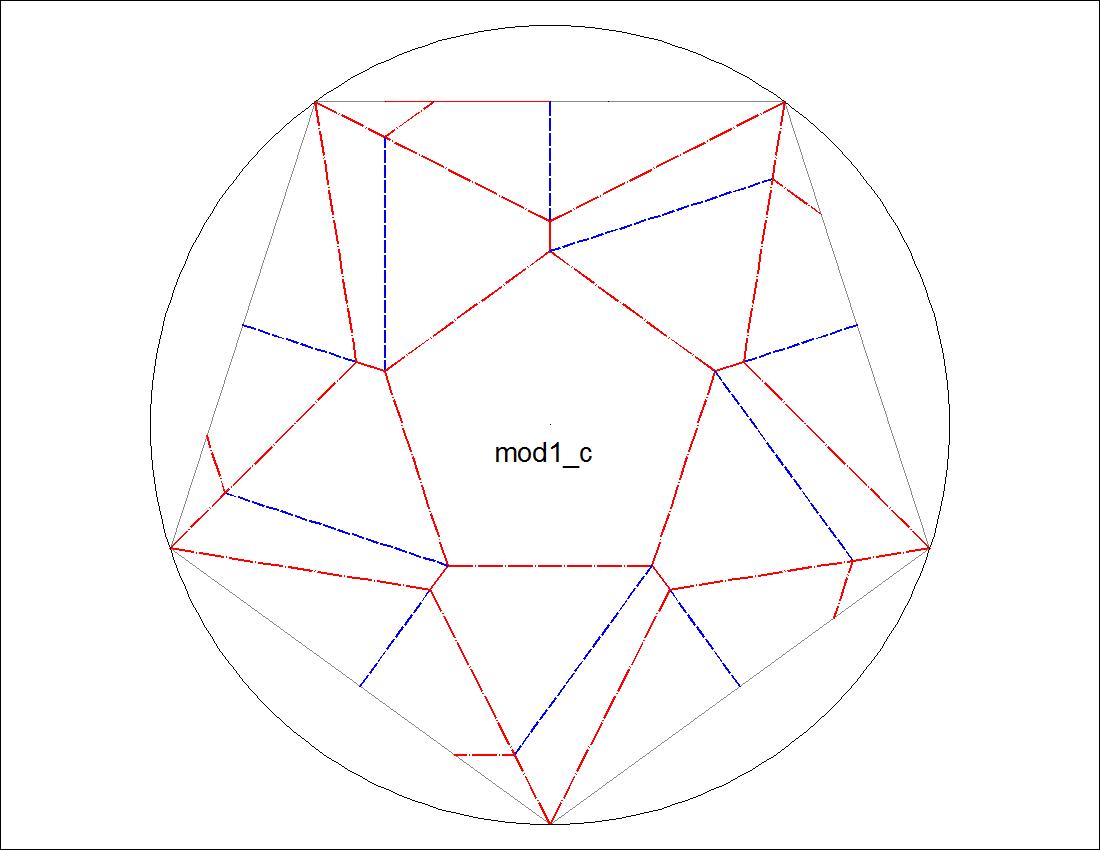 |
| Fig. 3-4C Type-I "D" diagram click to enlarge & print 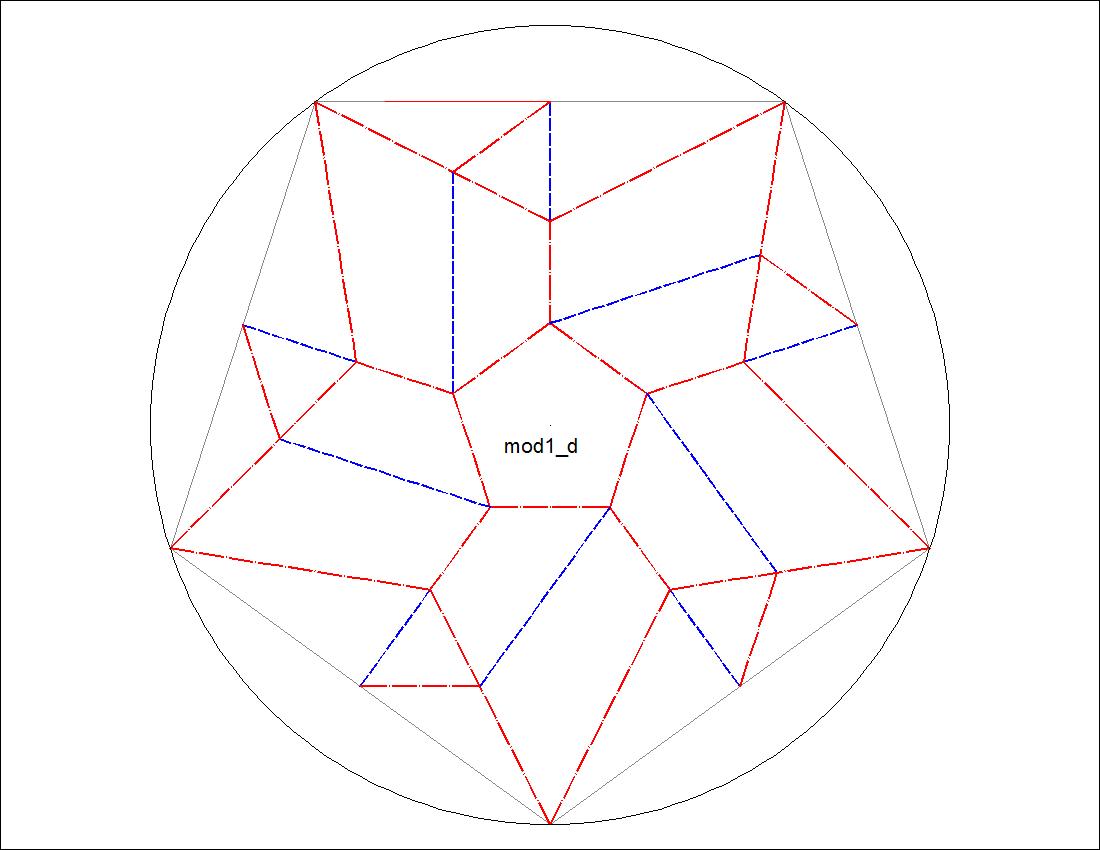 |
Fig. 3-4D Type-I "E" diagram click to enlarge & print 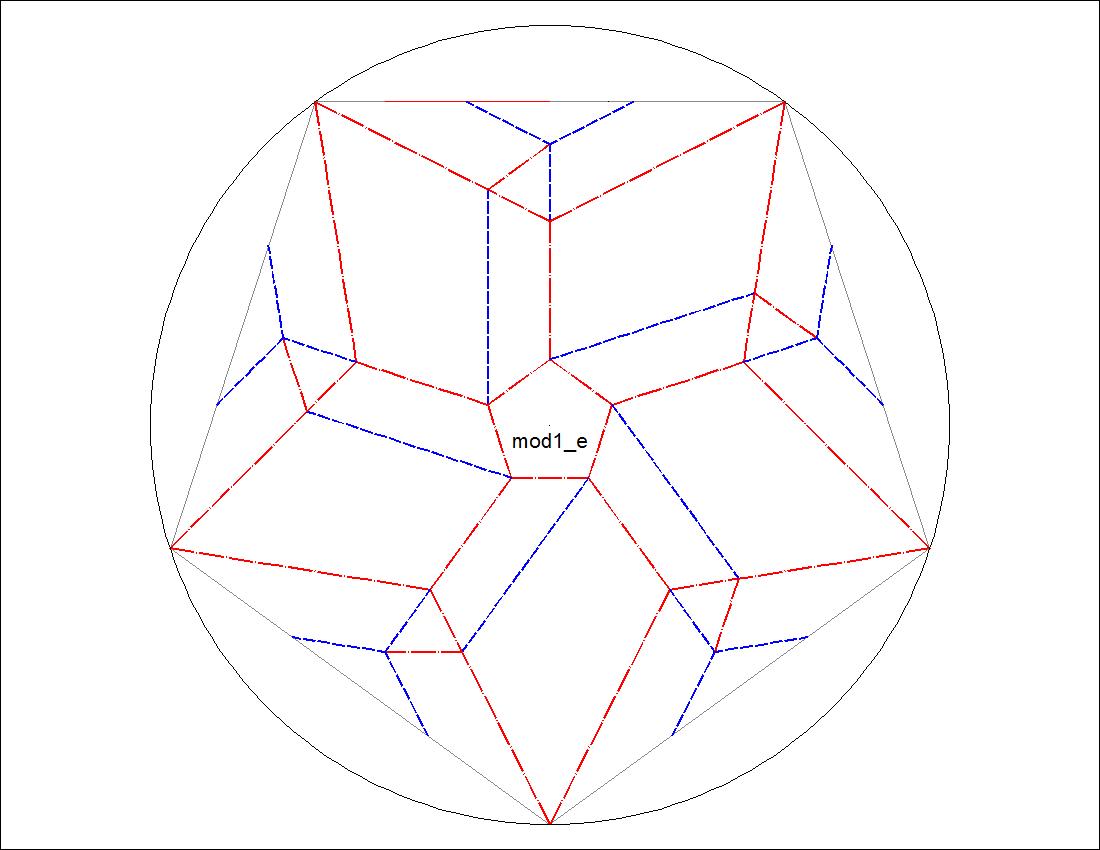 |
| Fig. 3-5A Type-II Group-Front Face click to enlarge & print 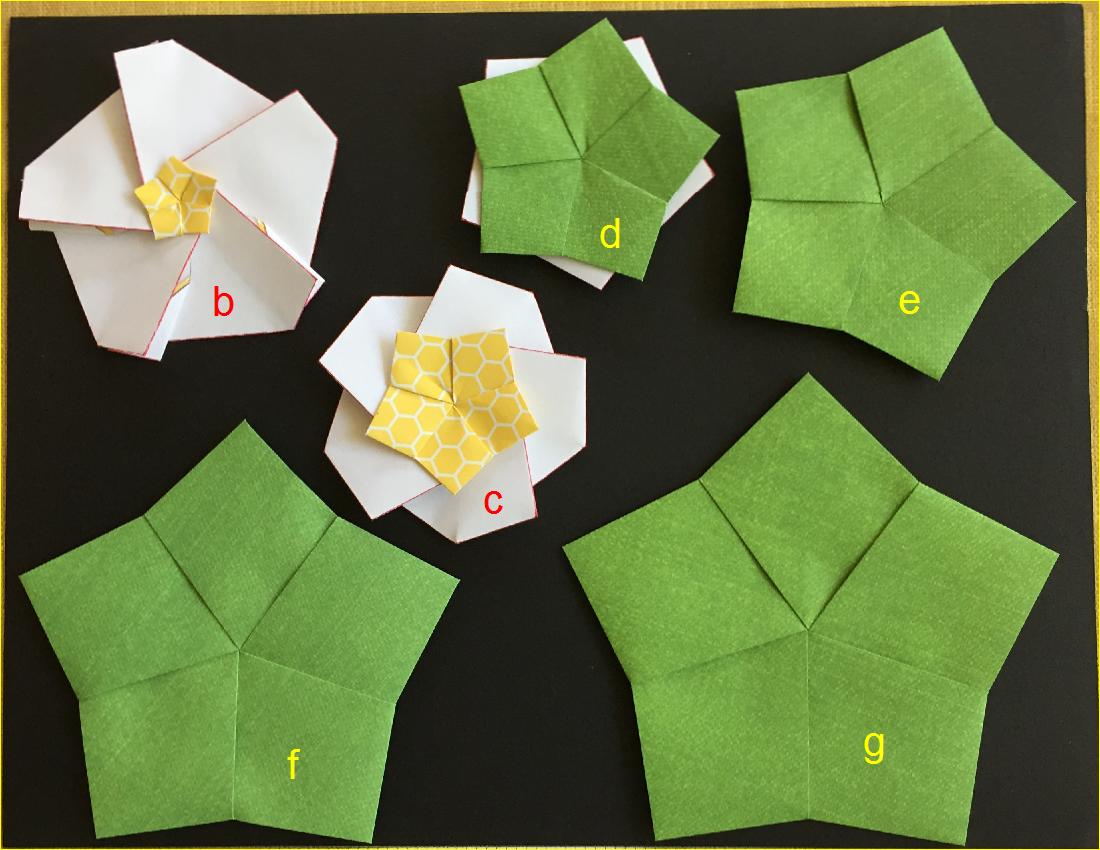 |
Fig. 3-5B Type-II Group-Back Face click to enlarge & print 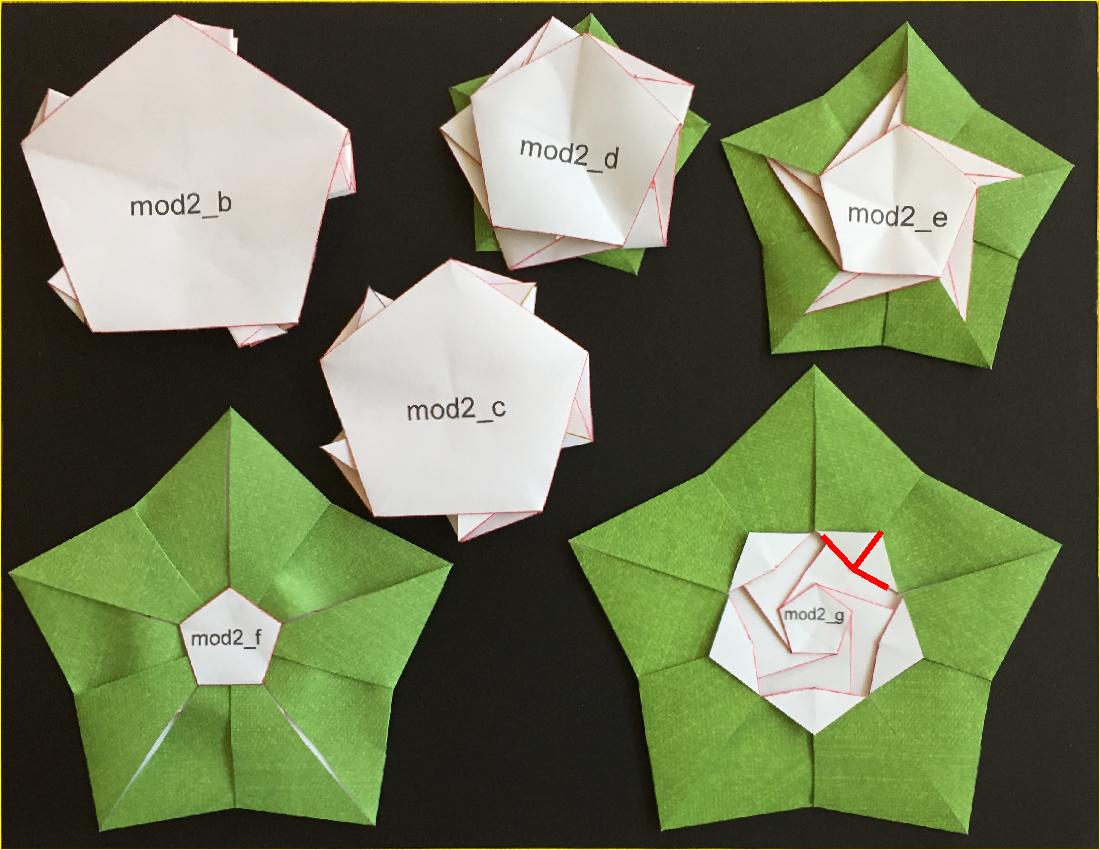 |
| Fig. 3-6A Type-II "B" diagram click to enlarge & print 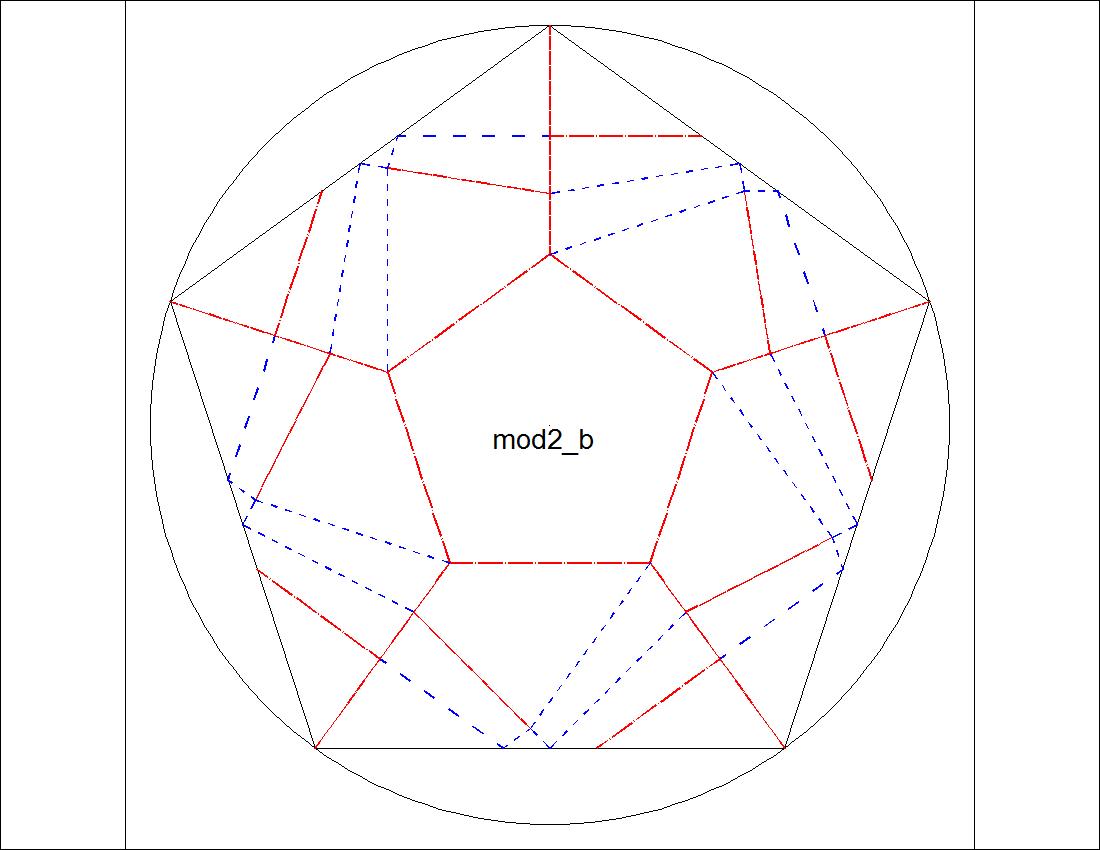 |
Fig. 3-6B Type-II "C" diagram click to enlarge & print 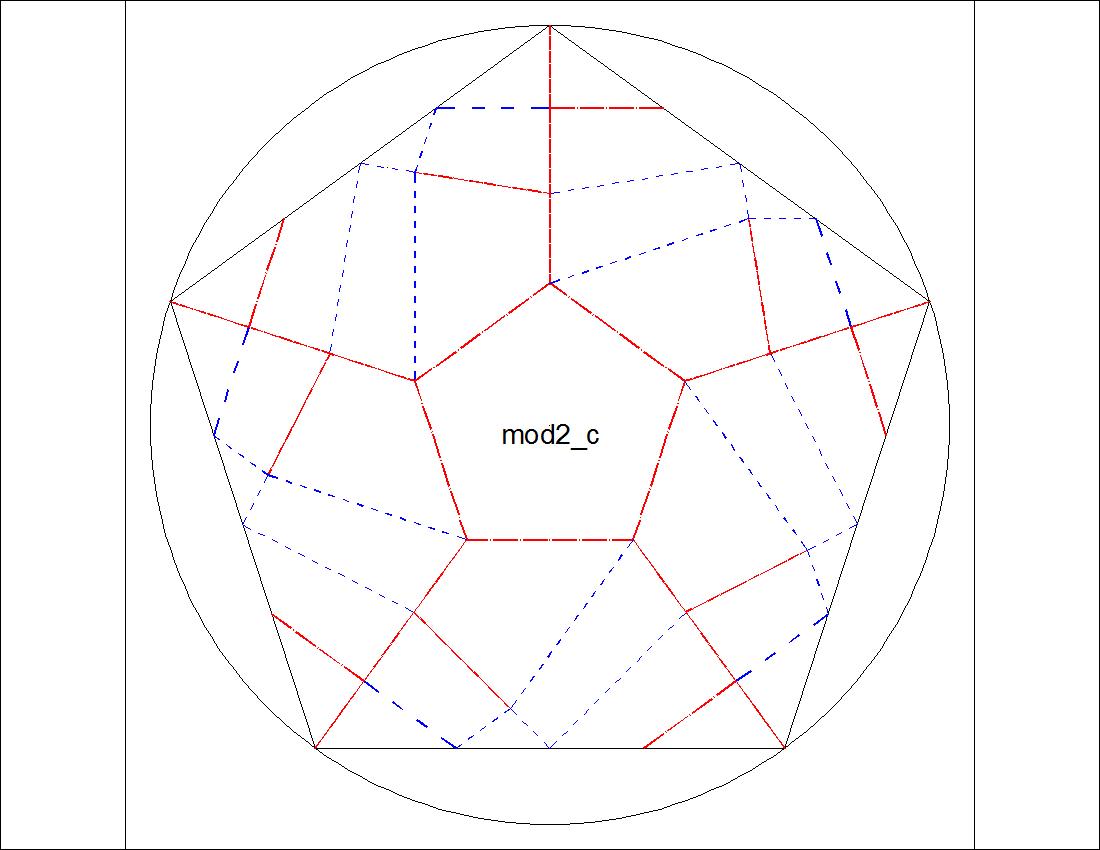 |
| Fig. 3-6C Type-II "D" diagram click to enlarge & print 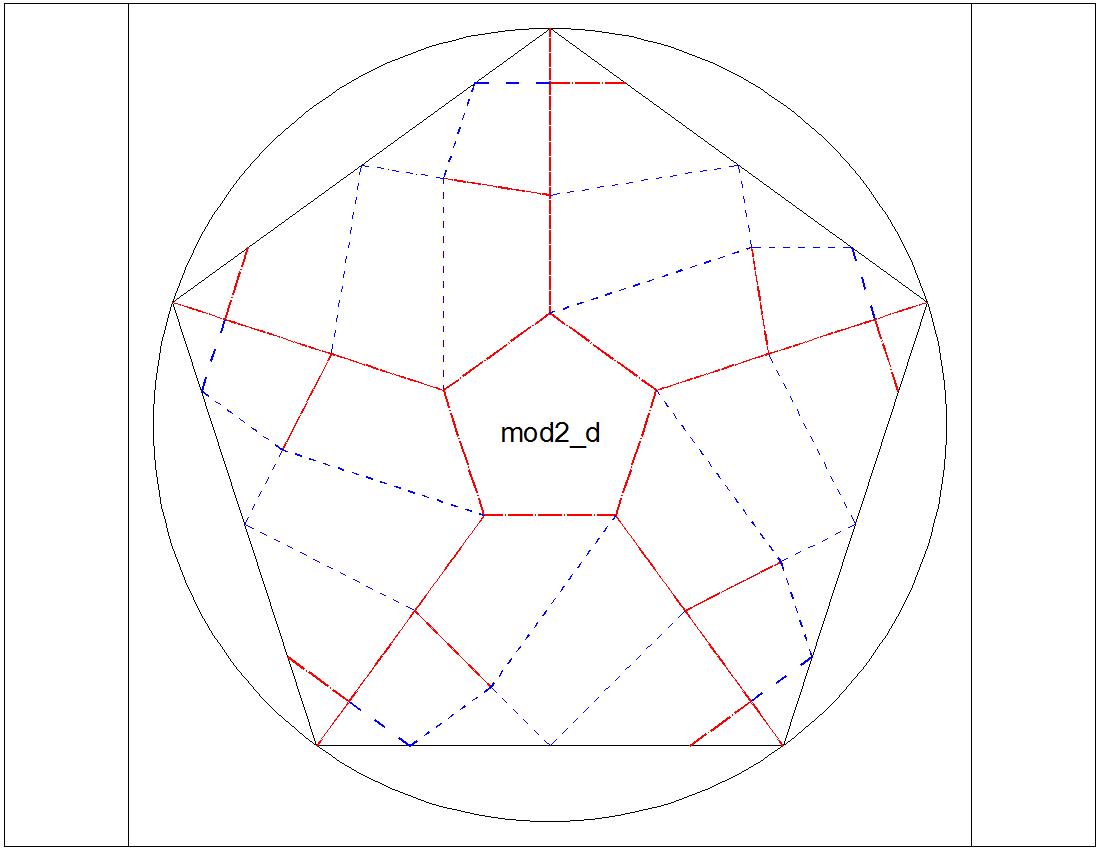 |
Fig. 3-6D Type-II "E" diagram click to enlarge & print 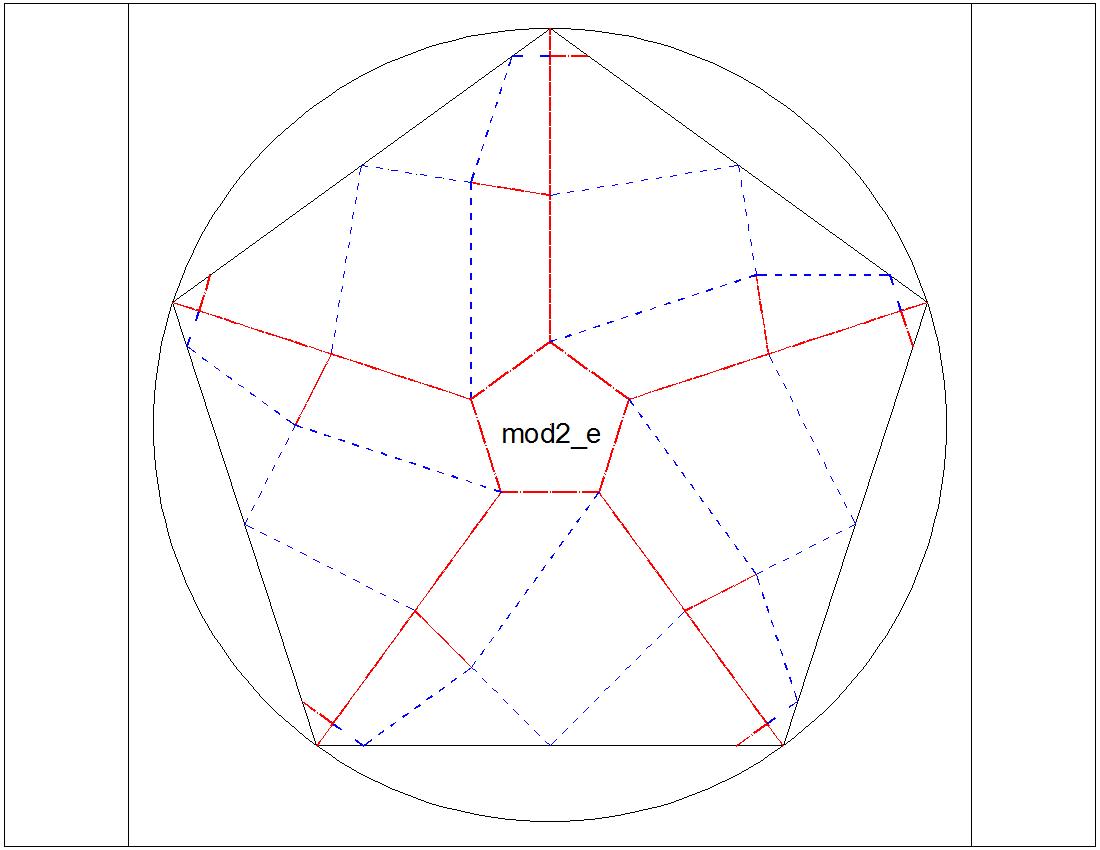 |
| Fig. 3-6E Type-II "F" diagram click to enlarge & print 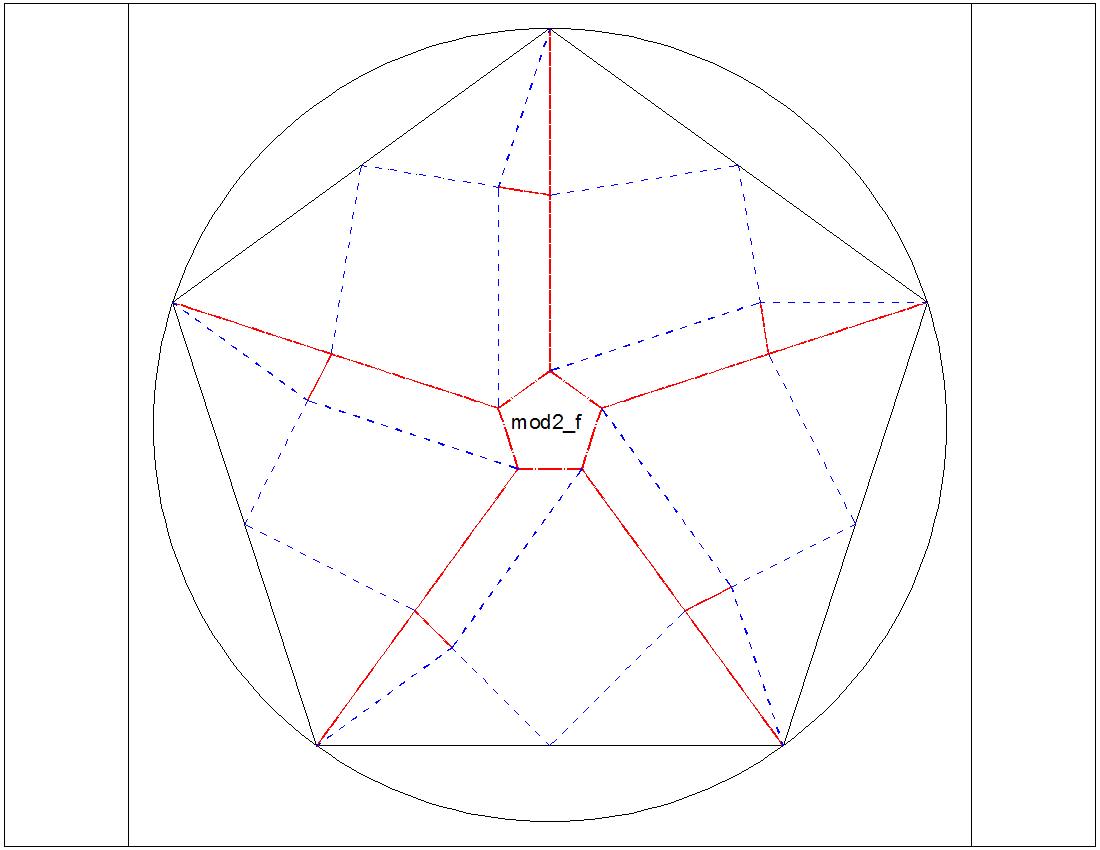 |
Fig. 3-6F Type-II "G" diagram click to enlarge & print 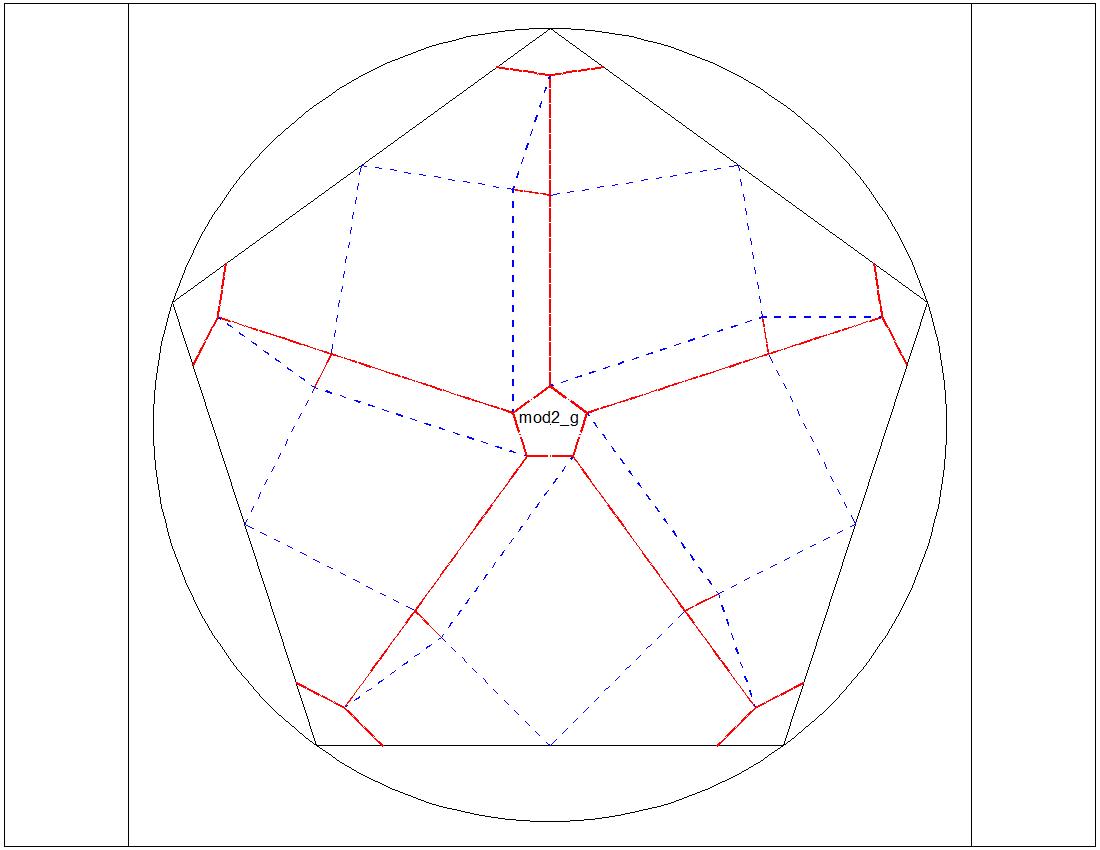 |
|
| Fig. 3-7A Dimension for "B" & "D" click to enlarge & print 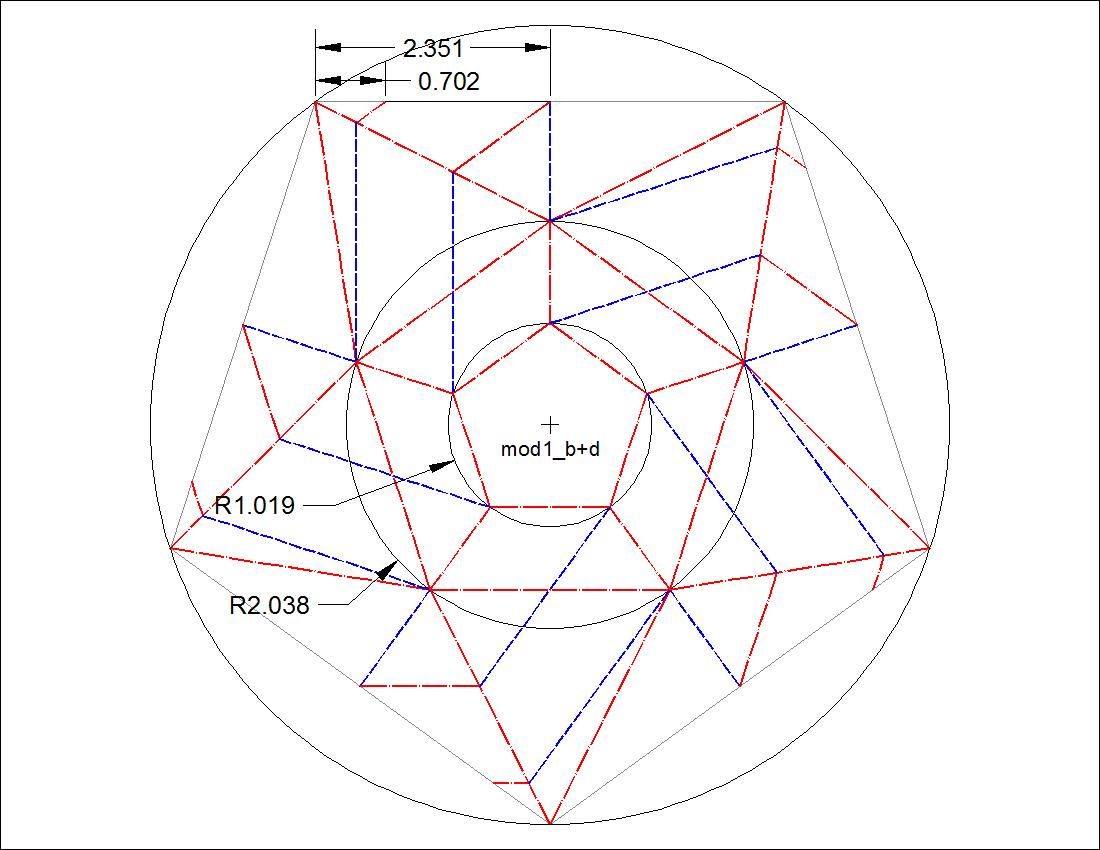 |
Fig. 3-7B Parameter Graph click to enlarge & print 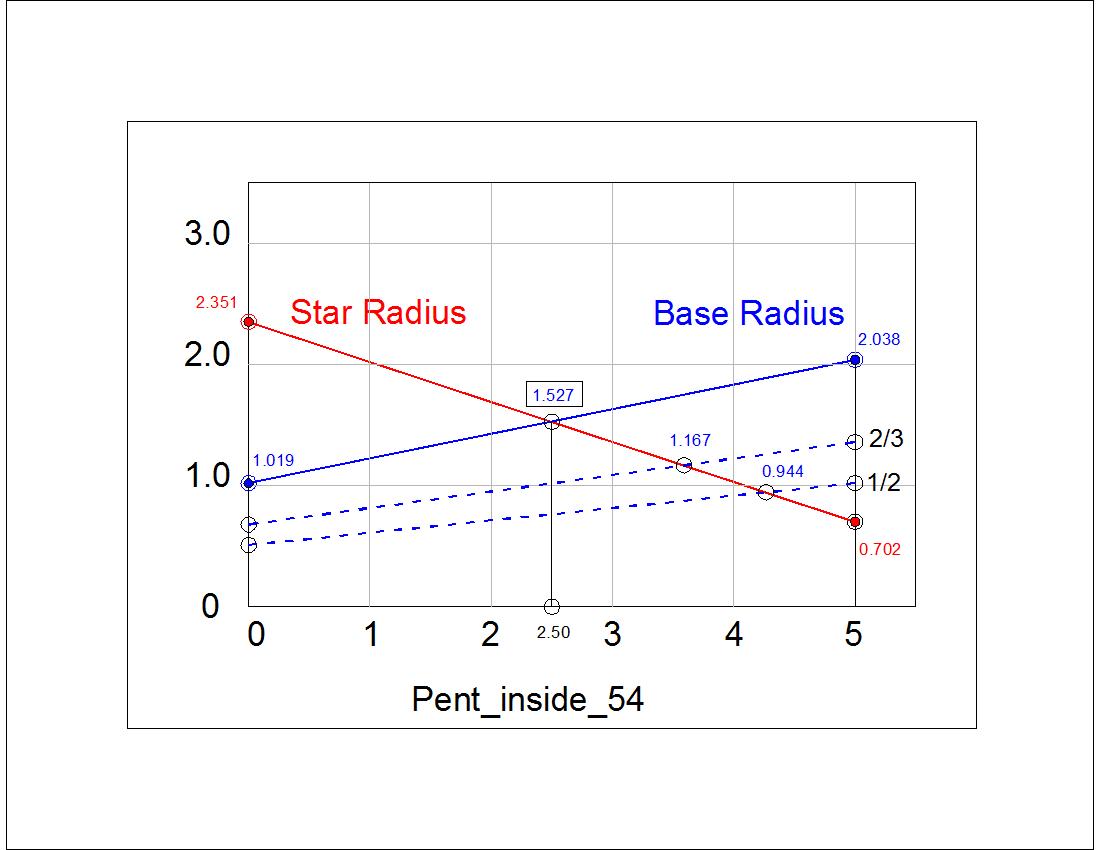 |
|
| Fig. 3-8A Model-I base diagram click to enlarge & print 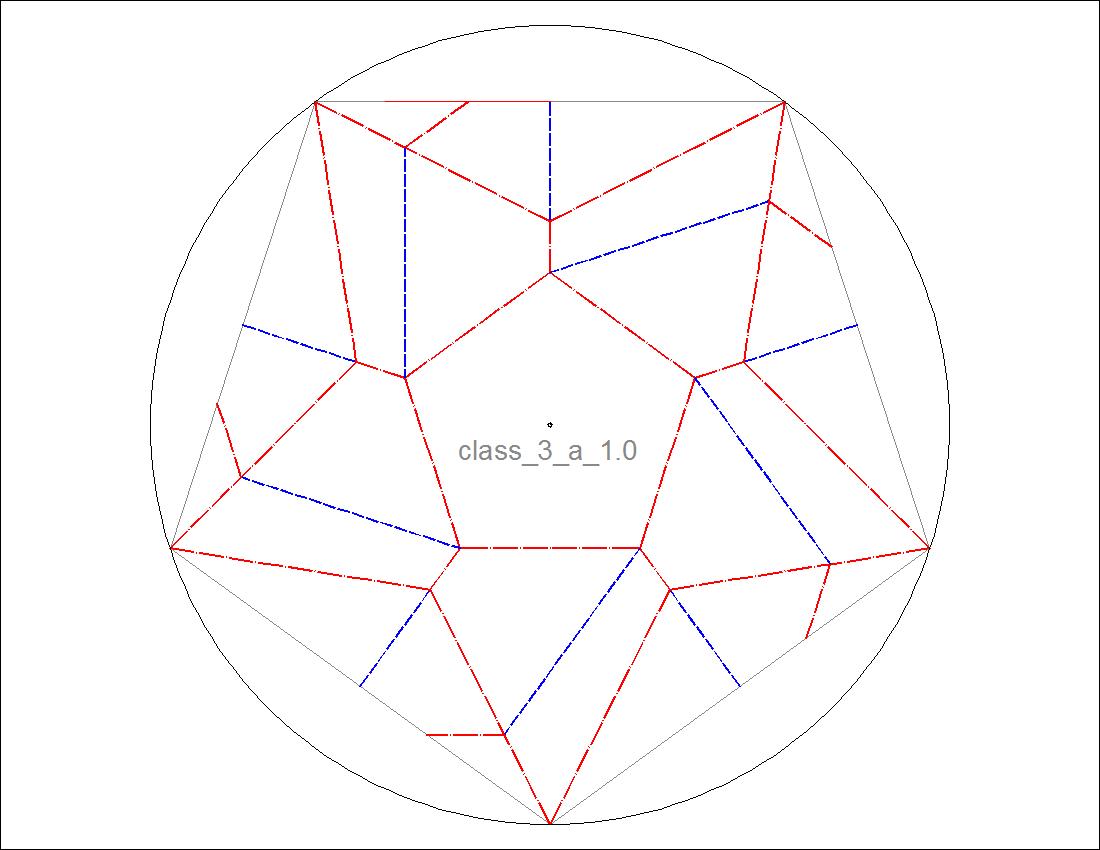 |
Fig. 3-8B Model-I Diagram click to enlarge & print 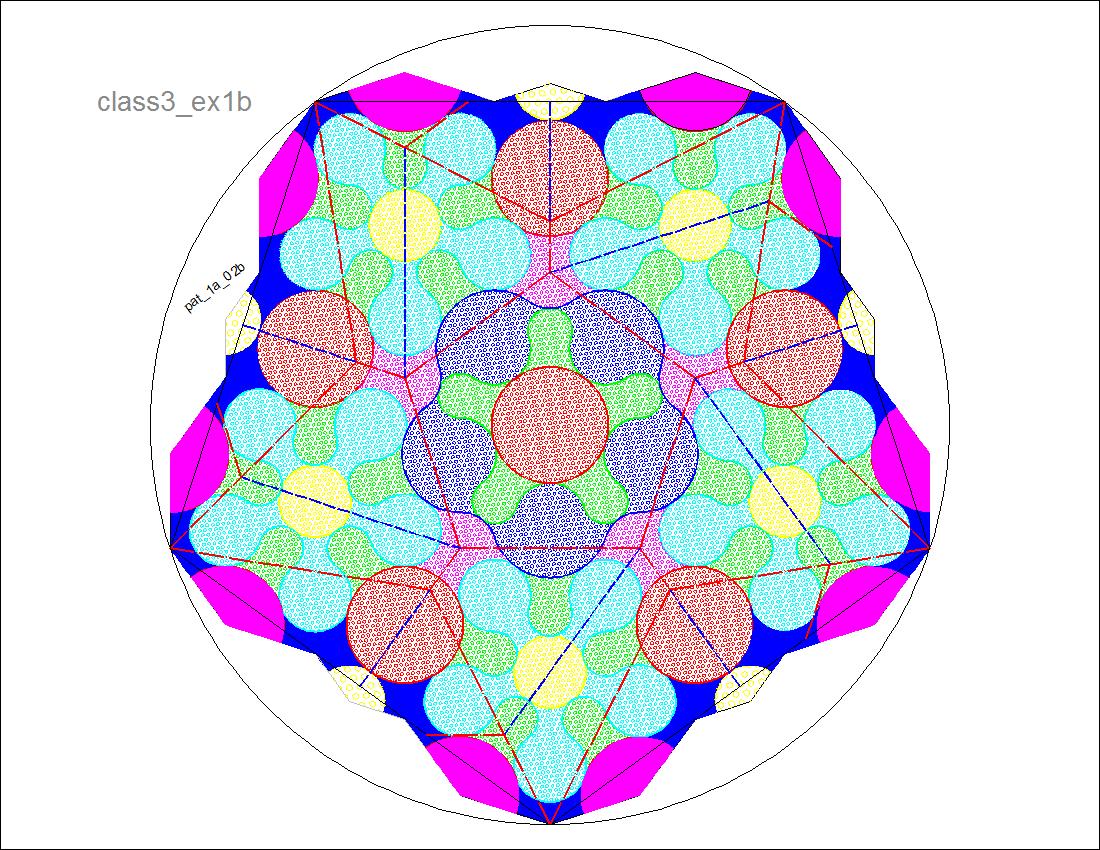 |
| Fig. 3-9A Dimension for "F" & "G" click to enlarge & print 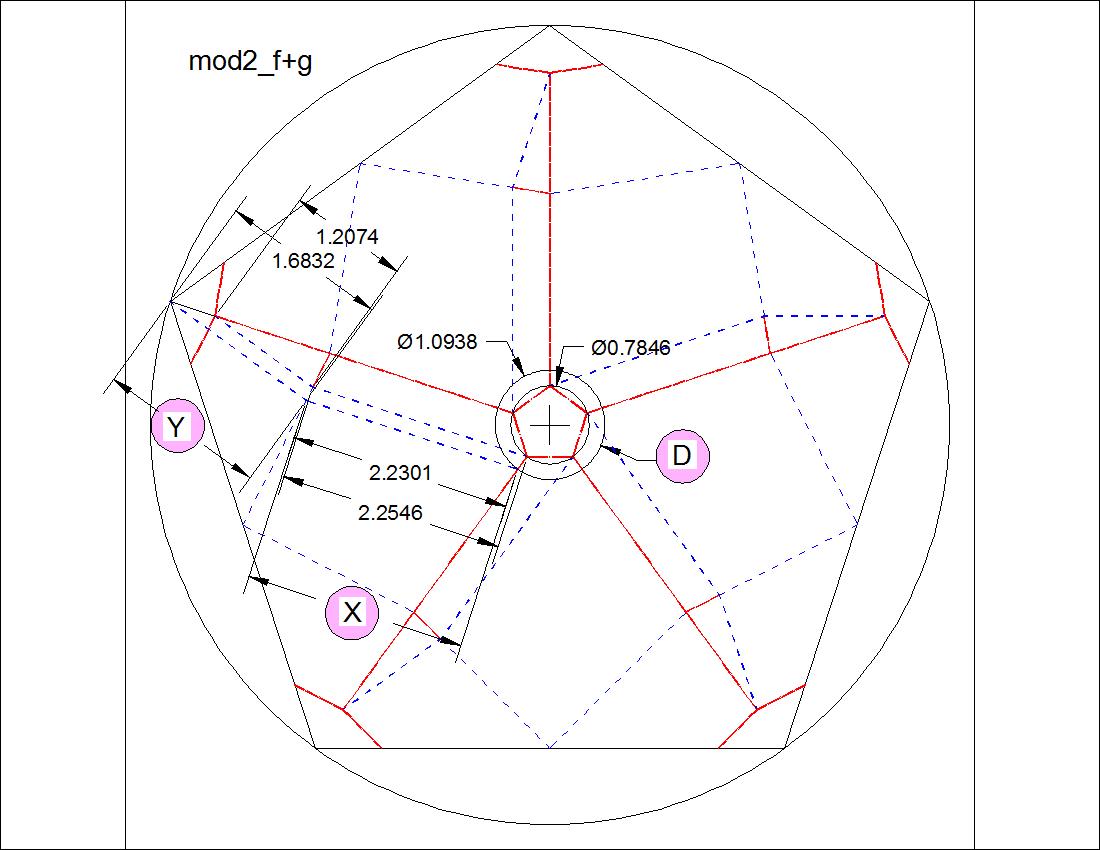 |
Fig. 3-9B Parameter Gra[h click to enlarge & print 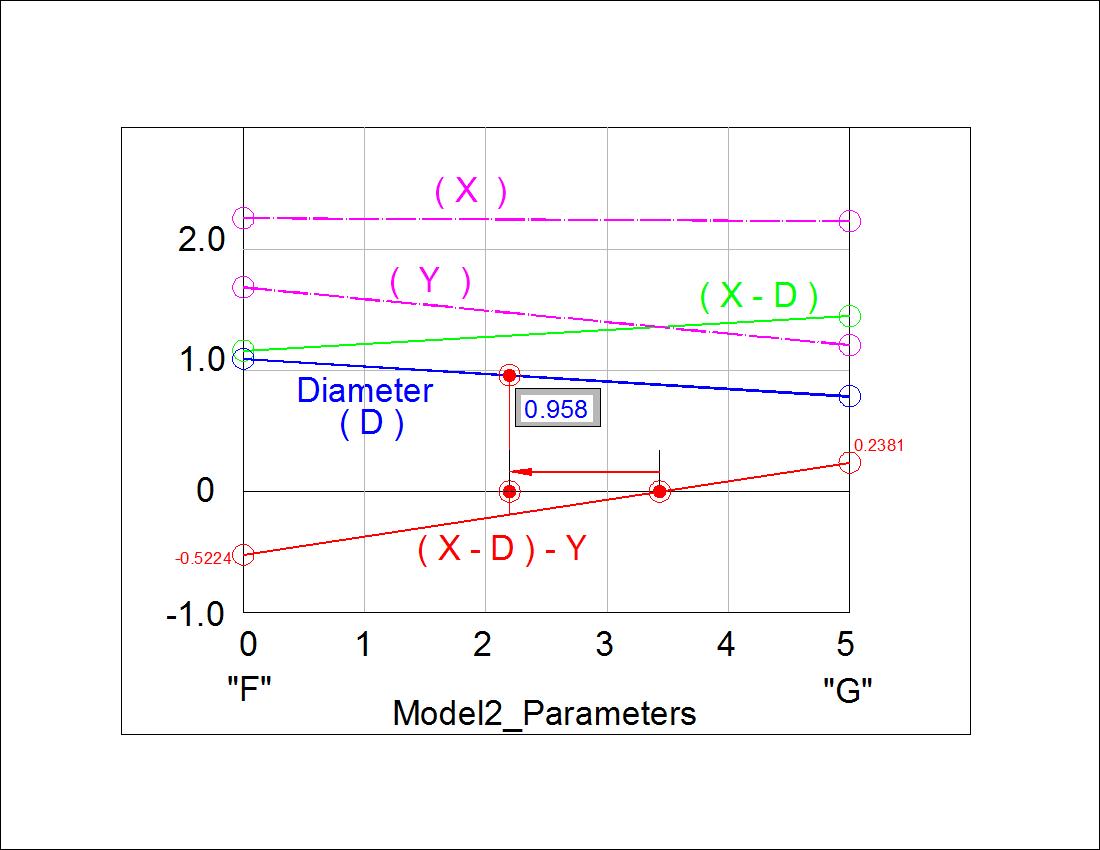 |
|
| Fig. 3-10 Model-II base click to enlarge & print 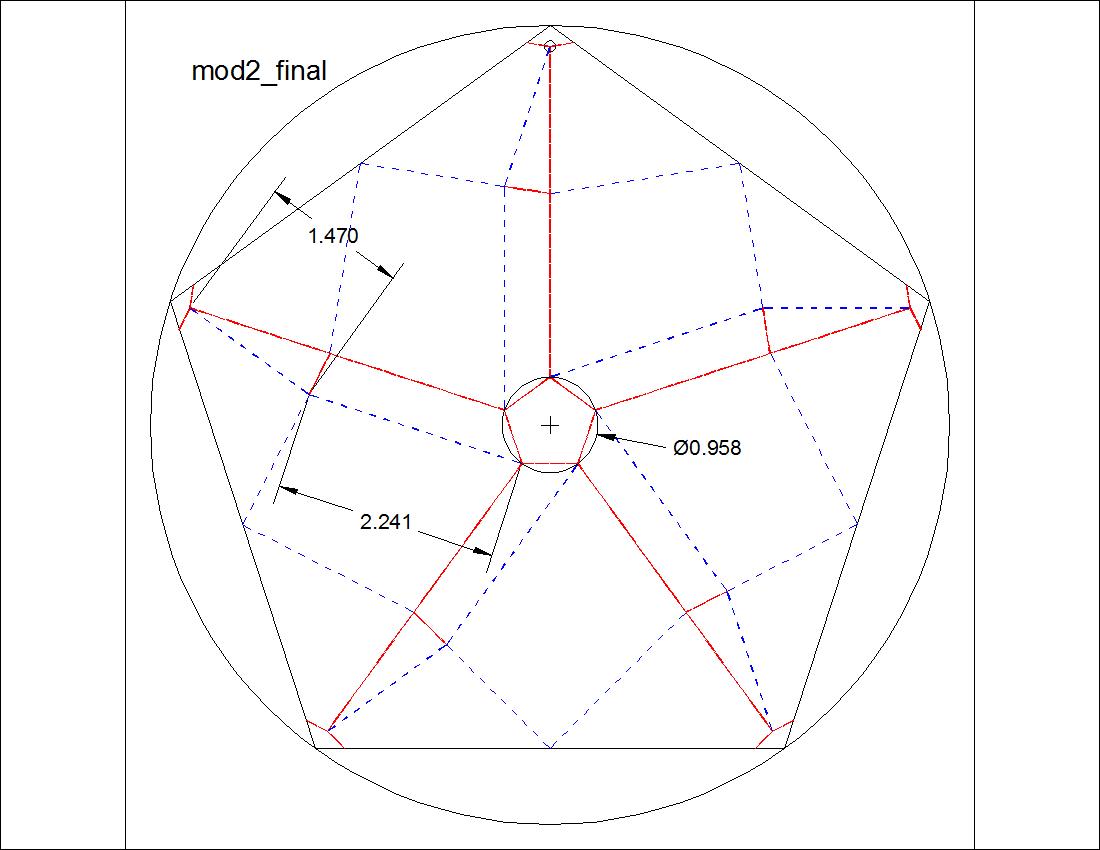 |
|
| Fig. 3-11A Pattern Diagram - Front click here to enlarge 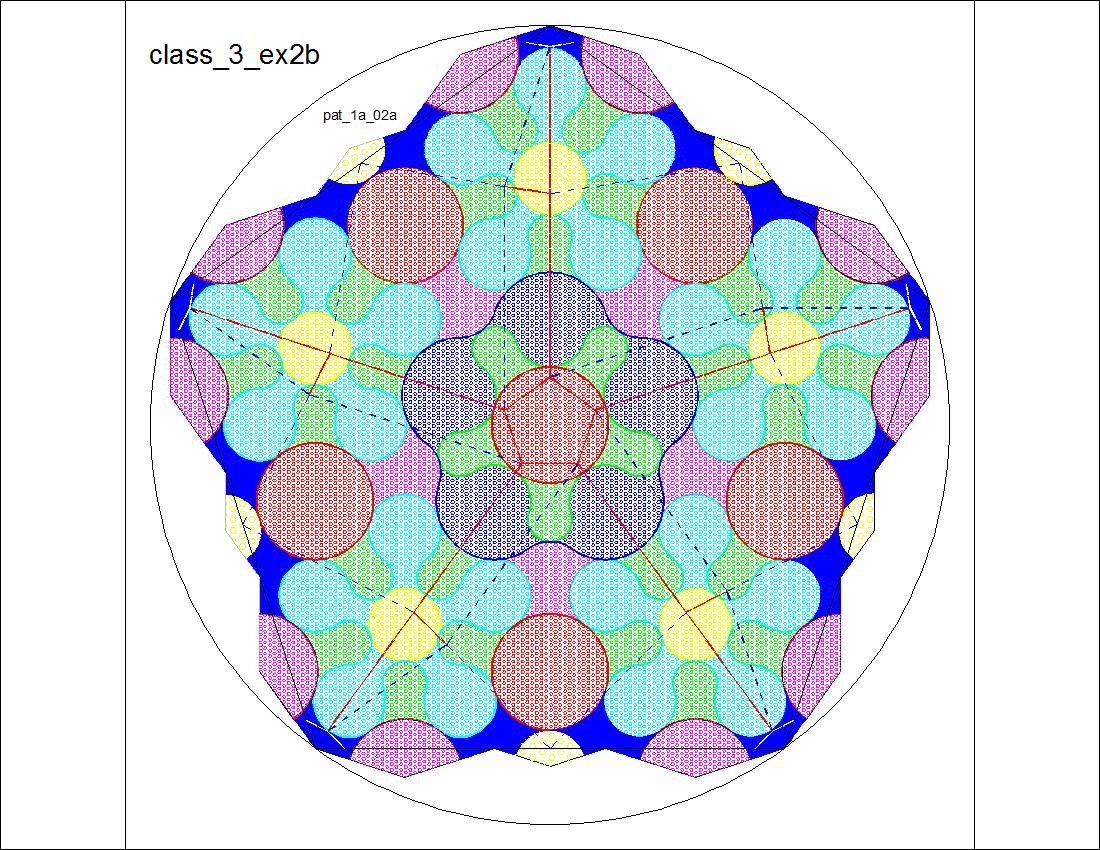 |
Fig. 3-11B Pattern Diagram - Back click here to enlarge 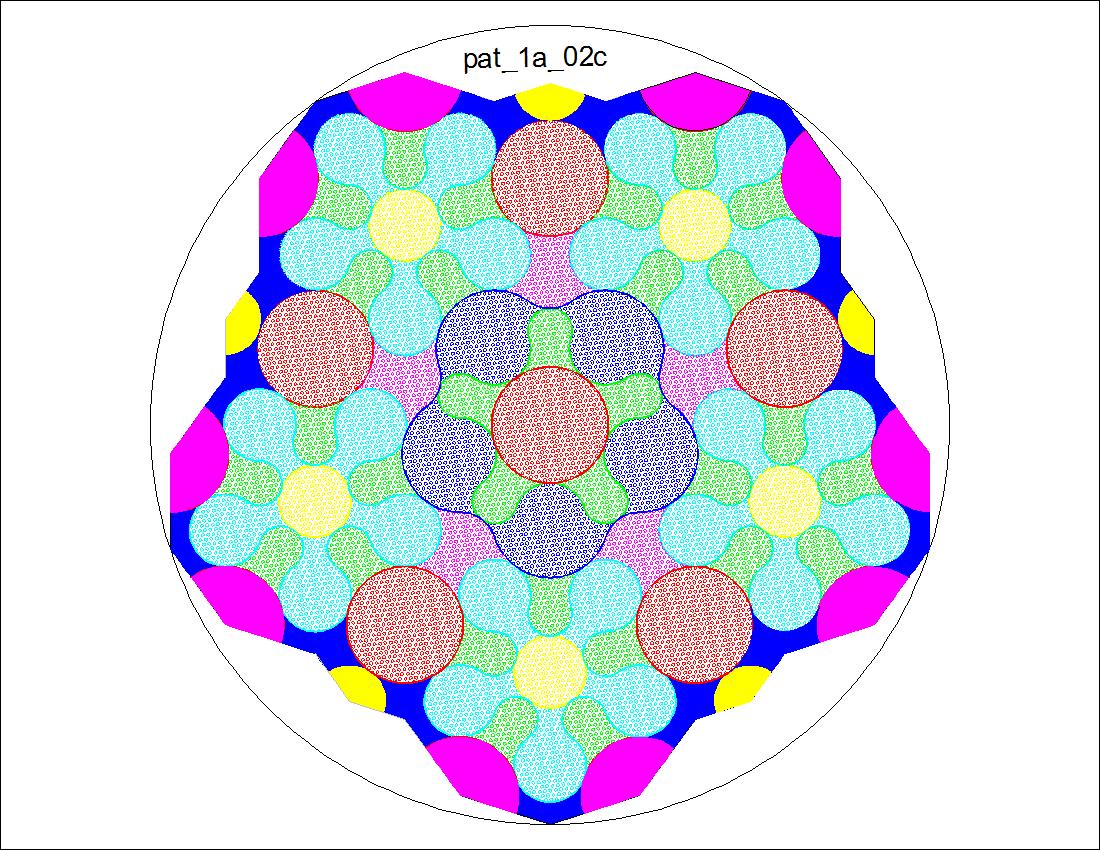 |